LG B5 is really a good OLED television, which shows that you don't have to spend a fortune for very good quality. It offers deep blacks typical of organic panels, very good colour reproduction – especially after calibration – and enjoyable HDR movie watching experiences. All of this means that evening screenings can provide cinema-like emotions even without resorting to much more expensive screens. The smoothness of the picture and the set of features for gamers also deserve recognition. A 120 Hz panel, low input lag, full support for HDMI 2.1, variable refresh rates, and Dolby Vision Gaming mode make the B5 a very versatile screen – both for gaming and watching sports. The friendly webOS system with a Magic remote adds to the package, providing convenient access to content and simplifying operation. However, not everything is perfect. Compared to the B4 model, a slight drop in brightness can be noticeable, especially in very bright rooms. For some users, the lack of DTS audio support may also be a problem, which could force some workarounds when connecting Blu-ray players. Despite this, LG B5 remains one of the most sensible choices for those who want to enter the world of true cinema – without overspending, but also without major compromises. It's a screen that doesn’t need to prove anything – it simply delights the eye with excellent picture quality and works as it should.
- Matching (Score)
- Our verdict
- TV appearance
- Where to buy
- Contrast and black detail
- HDR effect quality
- Factory color reproduction
- Color reproduction after calibration
- Smoothness of tonal transitions
- Image scaling and smoothness of tonal transitions
- Blur and motion smoothness
- Console compatibility and gaming features
- Input lag
- Compatibility with PC
- Viewing angles
- TV efficiency during daytime
- Details about the matrix
- TV features
- Apps
- Playing files from USB
- Sound
LG OLED B5 vs TCL C9K
Direct compare
C9K
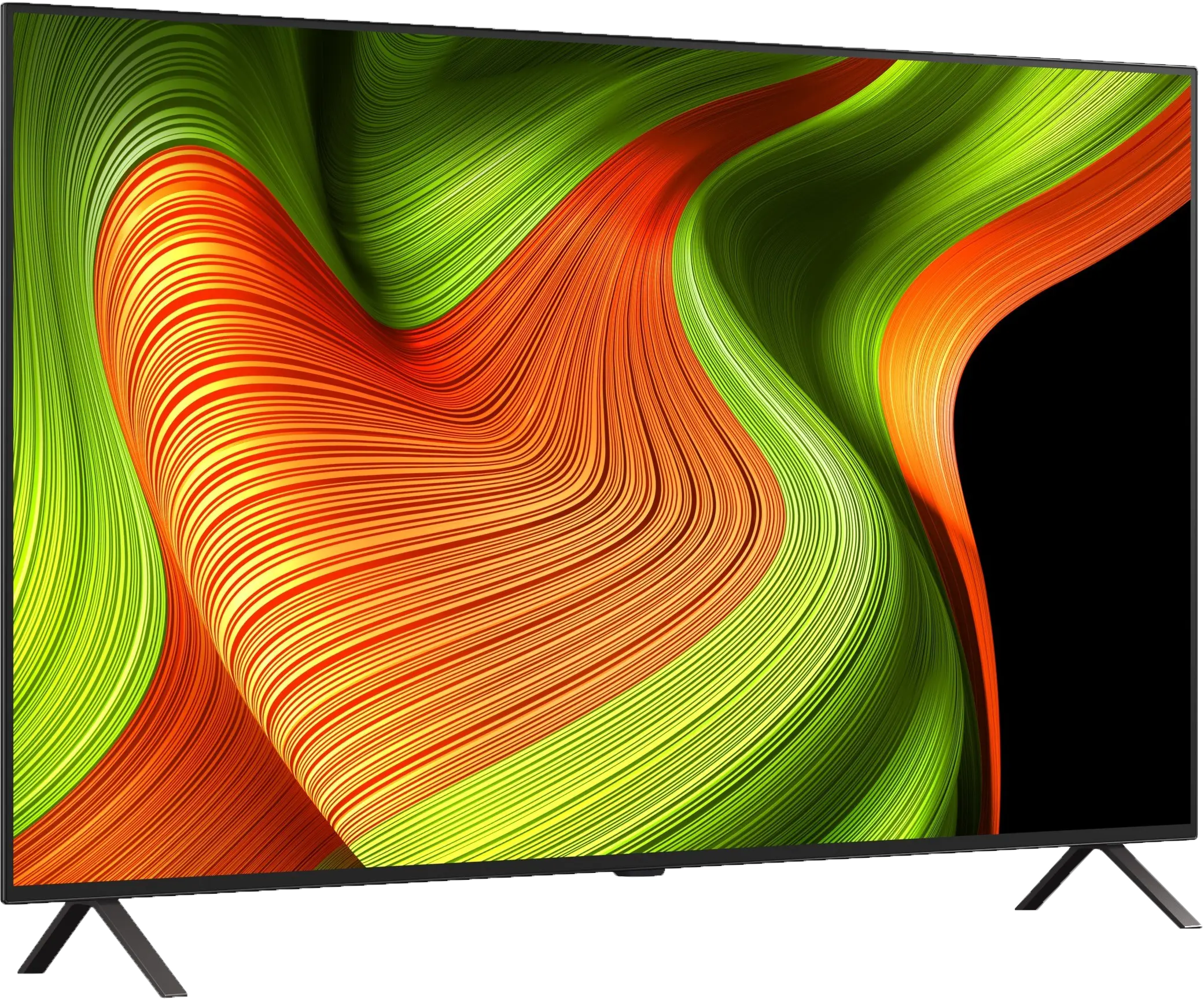
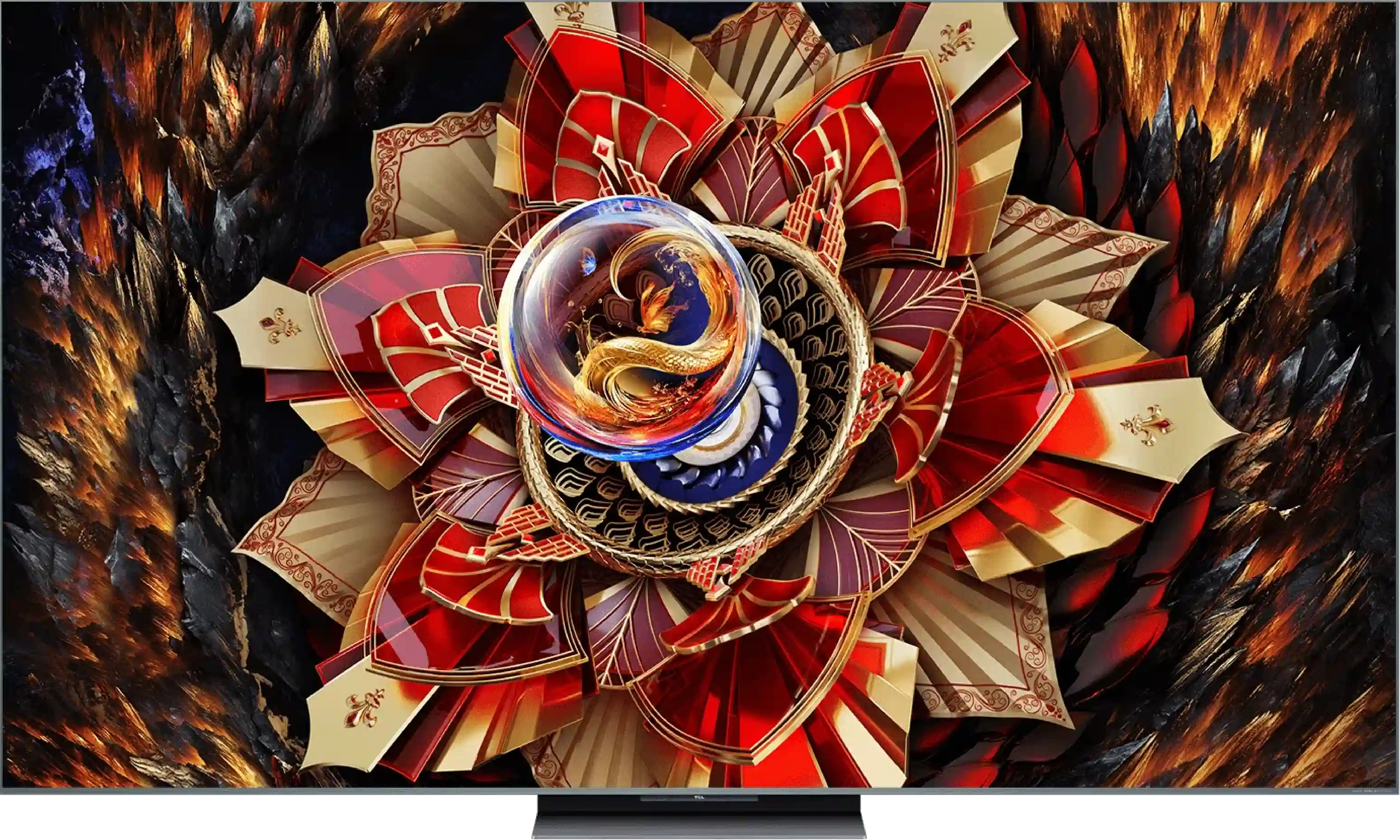
Panel type: WRGB OLED
Resolution: 3840x2160
System: WebOS
Model year: 2025
Complete the survey to find out the result

Panel type: LCD VA
Resolution: 3840x2160
System: Google TV
Model year: 2025
Complete the survey to find out the result

Overall rating
7.8
7.7
Movies and series in UHD quality
7.9
7.4
Classic TV, YouTube
8.6
7.0
Sports broadcasts (TV and apps)
8.5
6.8
Gaming on console
9.2
8.9
TV as a computer monitor
7.6
8.6
Watching in bright light
4.9
7.0
Utility functions
7.9
7.7
Apps
9.1
9.6
Sound quality
7.0
7.9
Complete the survey to find out what fits your preferences
Advantages
Perfect black and contrast
Pleasant image in HDR format
Excellent colour reproduction capabilities
120Hz OLED panel - great motion fluidity
4 HDMI 2.1 ports and full support for gamers (VRR, ALLM, Dolby Vision Gaming, HGiG)
Very low input lag
Correct content scaling and good digital processing
User-friendly webOS system with a Magic remote
Built-in USB recording function from built-in DVB-T/T2 tuners
Very good contrast and black levels
Very high brightness
Support for all HDR formats including Dolby Vision
Fast 144Hz panel - for gaming and sports enthusiasts
Many features for gamers: VRR, ALLM, low input lag, etc.
GoogleTV operating system with a wide range of applications
Excellent sound branded by Bang & Olufsen
Improved viewing angles thanks to WHVA panel
Disadvantages
Average brightness and poor performance in bright rooms
No support for DTS formats
Different remote versions in derivative models – difficult to predict which version we will receive
Local dimming needs improvement
Only 2 HDMI 2.1 ports
No recording function from built-in tuners and PiP
No smaller variants, e.g. 55"
Our verdict
TCL C9K is a television that on paper looks like a showcase of the manufacturer's strength – thousands of Mini-LED zones, a WHVA panel, audio system from Bang & Olufsen, full support for HDR formats, gaming at 144 Hz, and even 288 Hz at lower resolutions. It is clear that TCL wanted to include absolutely everything it had best. And indeed – in many aspects, the C9K is capable of impressing. The brightness is enormous, HDR in large scenes can be stunning, motion fluidity and capabilities for gamers are at a top level, and the sound – considering it is built into the television – sounds really good. This is a device that can easily be regarded as a home entertainment hub. But there is also a downside. Managing brightness simply falters despite the incredible technical specifications – finer details often get lost in shadows or are blown out. And although synthetic tests of contrast and brightness perform excellently, the effect during everyday viewing of films and series is no longer so impressive.
In short: the C9K is a television full of contrasts – literally and metaphorically. It can deliver experiences similar to top screens, but it is still evident that TCL needs to work on software and optimisation. If someone is looking for a screen for gaming, sports, or spectacular blockbusters – they will be delighted. However, if they expect perfect representation of the director's vision and think they have managed to purchase an absolutely top model at half the price of the competition, they will unfortunately be disappointed. It's a shame, because the technological potential here is truly enormous – it just lacked a bit of common sense in its utilisation.
TV appearance
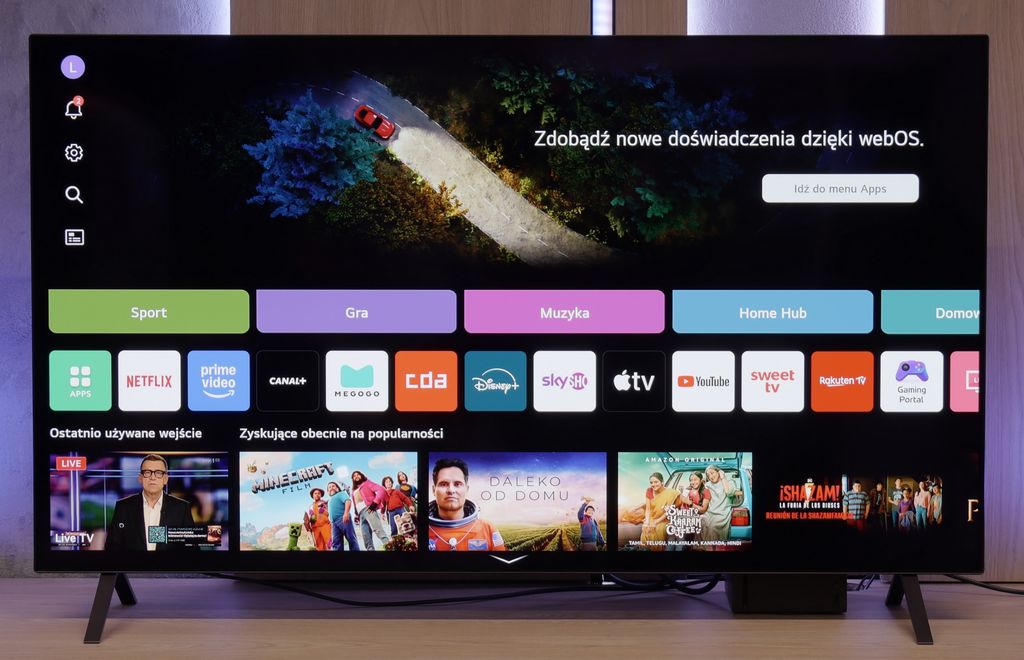
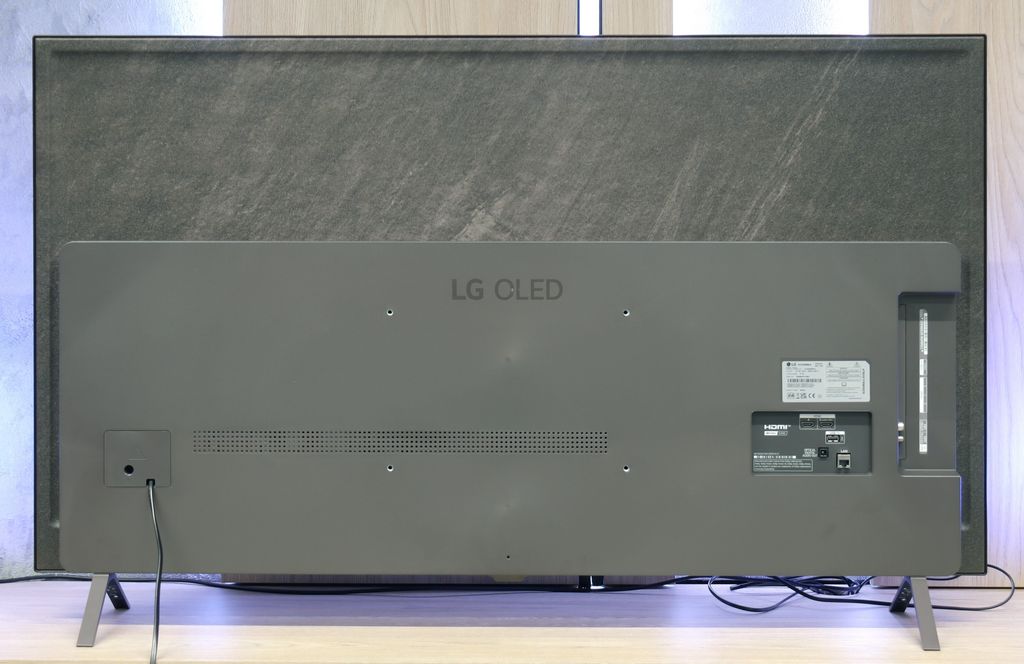
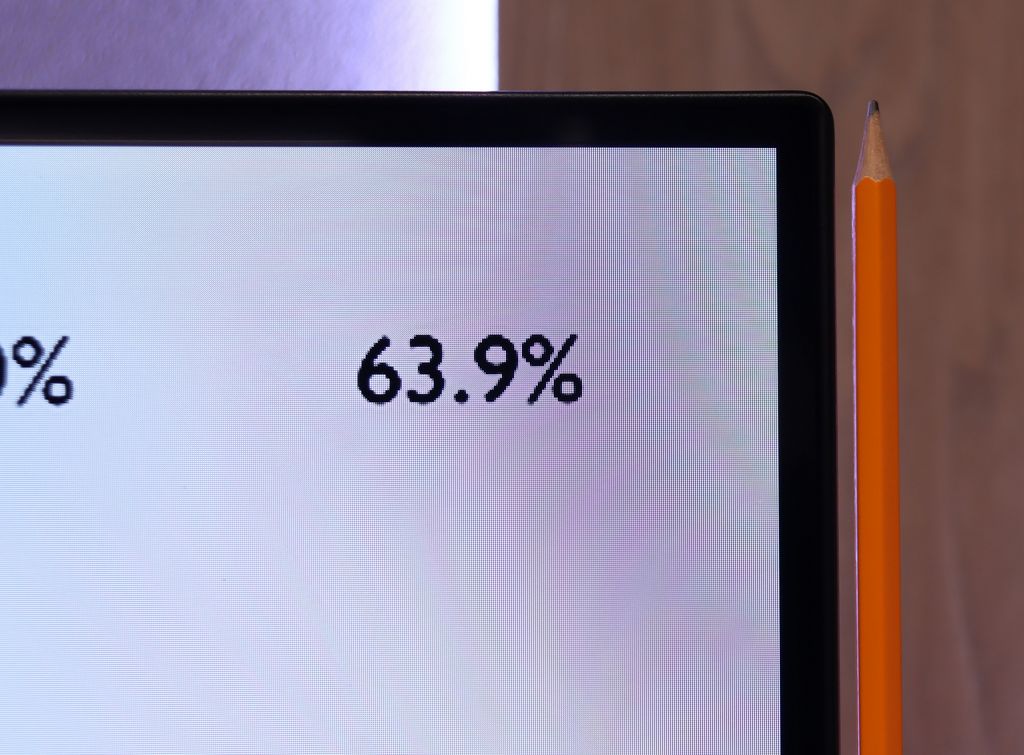
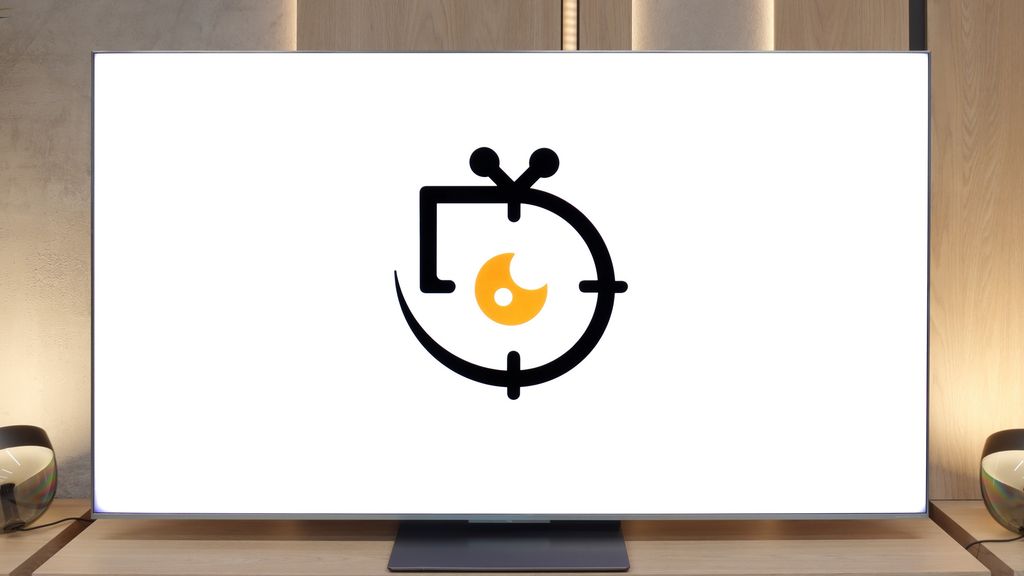
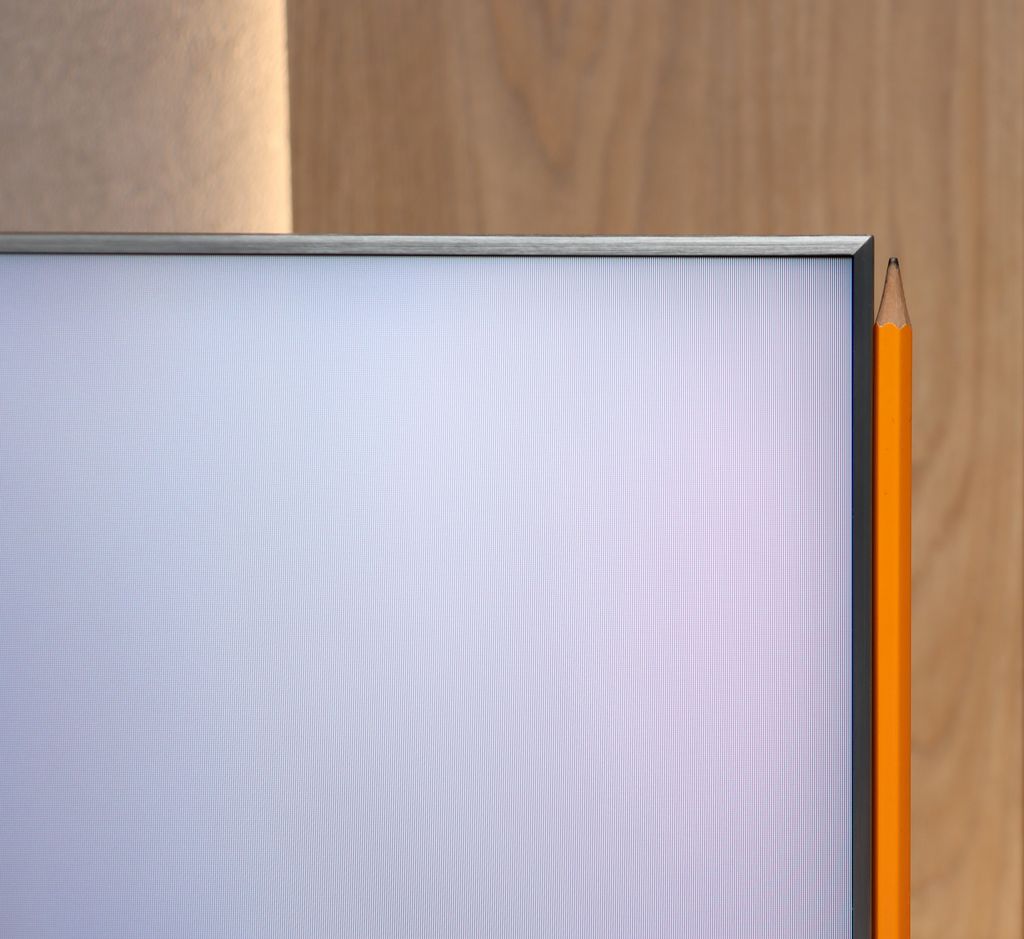
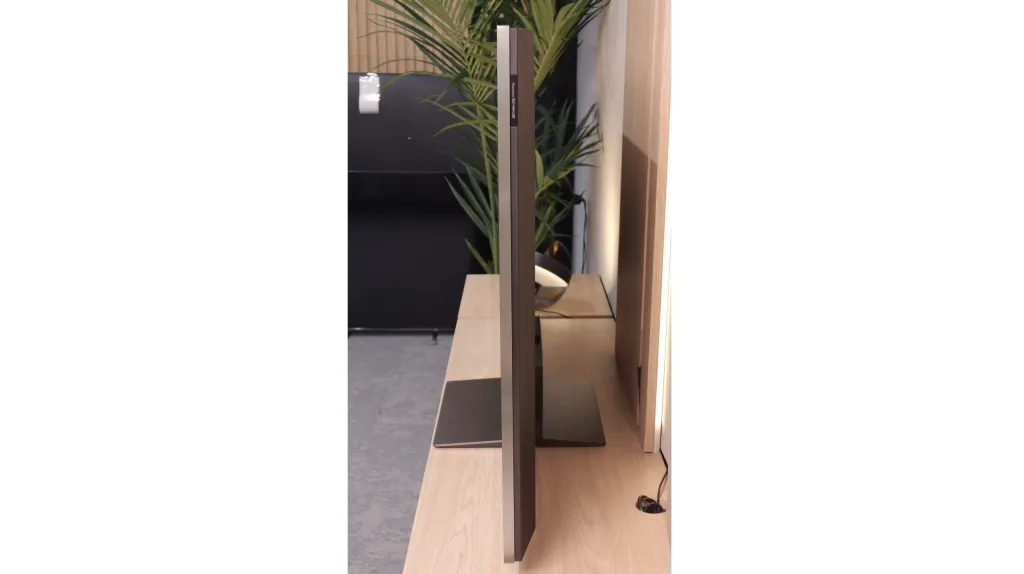
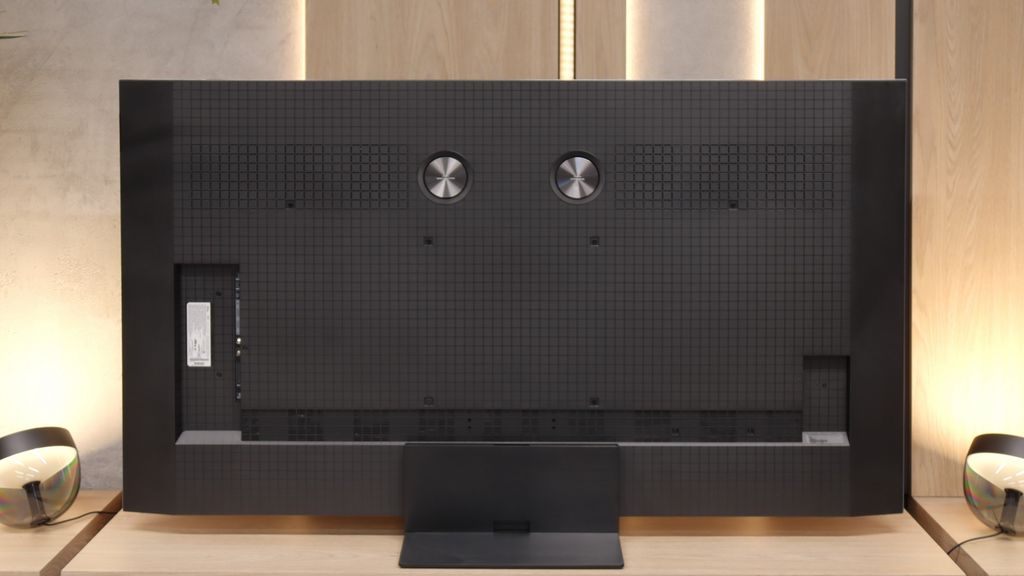
Contrast and black detail
10/10
8.1/10
Local dimming function: Yes, number of zones: 3024 (42 x 72)
Contrast:

Result
∞:1

Result
∞:1

Result
∞:1

Result
∞:1

Result
∞:1

Result
459,000:1

Result
72,750:1

Result
30,350:1

Result
9,800:1

Result
12,200:1
Halo effect and black detail visibility:
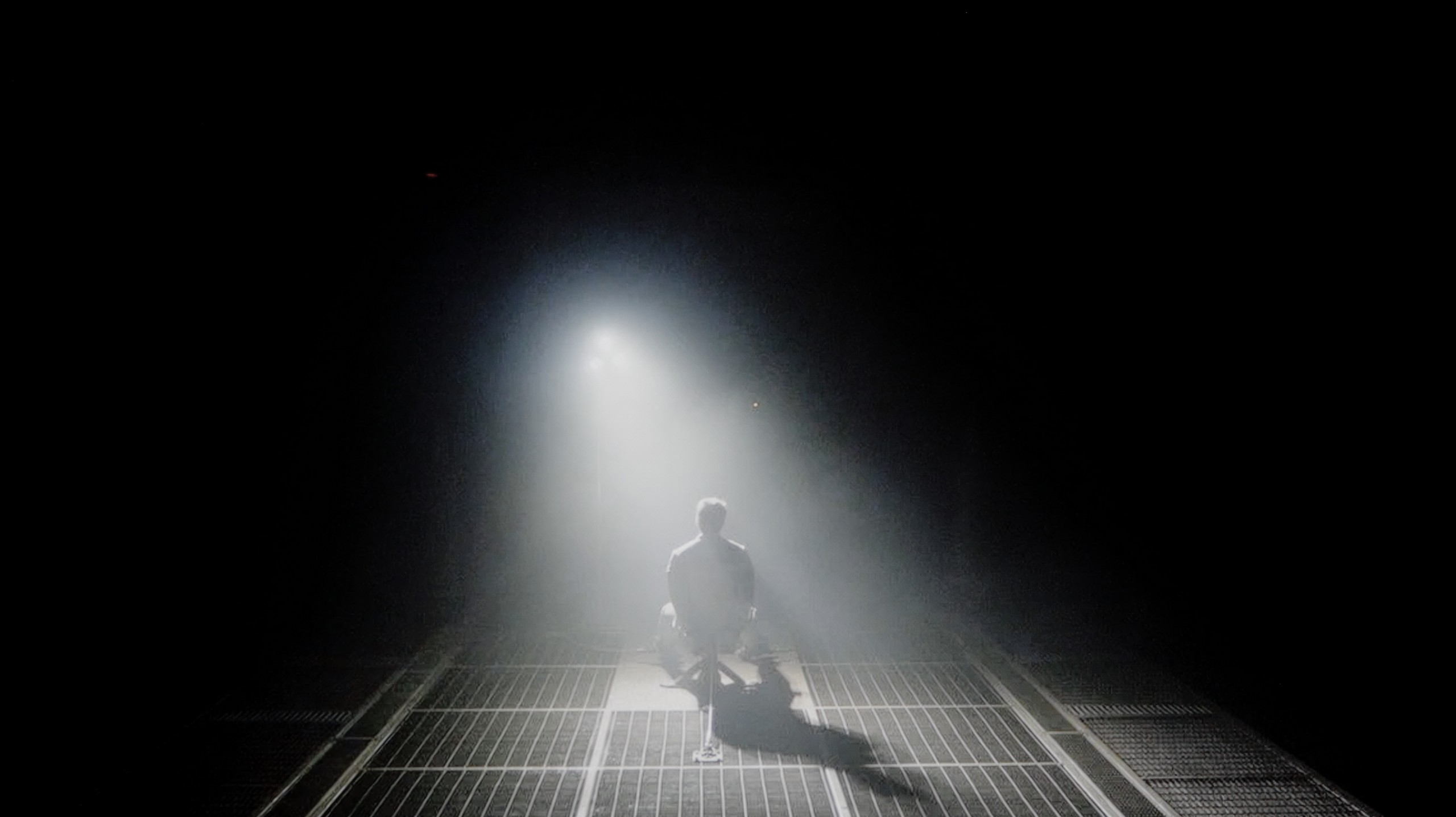
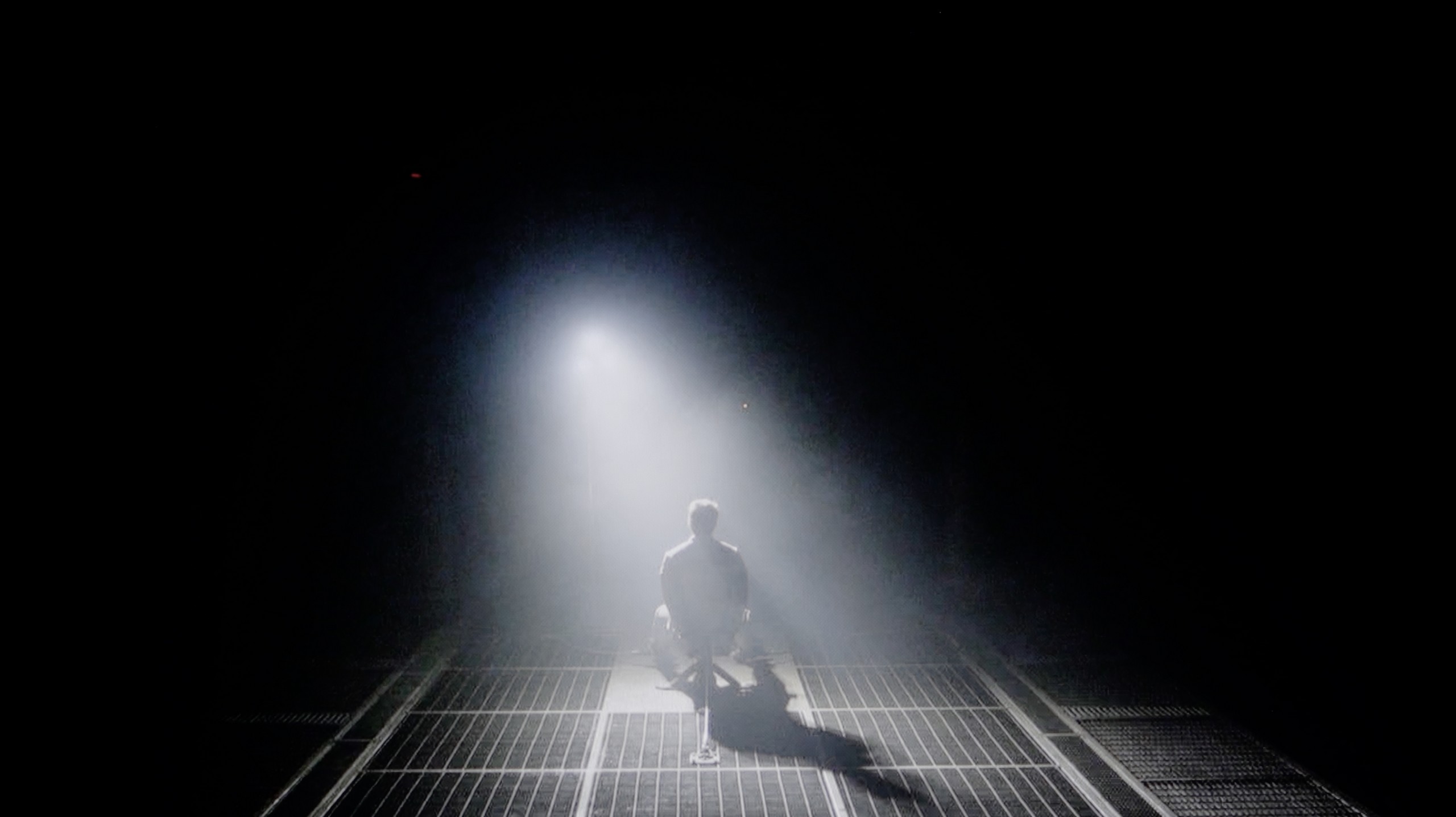
If you are looking for changes compared to last year's LG B4, we will immediately dispel any doubts – you won't find any in this category at all. And that's good. Because how to improve something that is already bordering on perfection? The LG B5, as a television with an organic WOLED panel, offers black as tar scenes and a contrast that is hard to find even in the most expensive LCD screens. The display is as clear as a bell – no bleed-through, no streaks, no halo effects that can ruin the atmosphere in cinema scenes. Here, everything is in its place. Details separate from the black with surgical precision, nothing blends together, even in the most demanding sequences from films such as The Revenant or Oblivion. This is the type of television that can enchant you, especially when the room goes completely dark. When the lights go out, the LG B5 takes centre stage – and it does so spectacularly. In these conditions, OLED shines the brightest, and even top LCD models – despite advanced dimming and hundreds of zones – simply fall behind.
What immediately distinguishes the C9K from the C8K model is the number of backlight zones. In the 65-inch version, we counted… over 3000! One has to admit – it's a true display of TCL's strength, cramming literally everything they had at hand into this television. On paper, it makes a huge impression and indeed – in less demanding movie scenes, the blacks look fantastic. The level is absolutely top-notch, and the separation of lights from dark parts of the image can be impressive. The problem is that this impressive specification does not always translate into practice. In our tests, we noticed situations where the C9K, despite having a greater number of zones, could fall into contrast traps and performed… worse than the C8K. For instance, it struggles to perfectly dim the true black bars in 21:9 format films (those with black bars at the top and bottom). Sounds strange? Unfortunately, it's the result of a lack of optimisation – the hardware is 'packed' with technology, but the algorithms do not always keep up with making use of that potential.
Don't get us wrong – black levels are a strong point of the C9K and in many scenes, it looks simply fantastic. In synthetic measurements, the contrast performs remarkably well, coming close to the levels of the best televisions on the market. But in real cinematic usage, these numbers do not always correlate with a better experience than with its cheaper cousin. And that is perhaps the greatest disappointment – because the potential was huge.
HDR effect quality
6.2/10
6.9/10
Luminance measurements in HDR:

Result
587 nit

Result
593 nit

Result
628 nit

Result
589 nit

Result
470 nit

Result
1425 nit

Result
531 nit

Result
1277 nit

Result
331 nit

Result
1424 nit
Scene from the movie “Pan” (about 2800 nits)


Scene from the movie “Billy Lynn” (about 1100 nits)


Static HDR10


Dynamic: Dolby Vision
Dynamic: Dolby Vision


HDR luminance chart:
TCL C9K
Luminancja HDR
Luminance of RGB colors
LG OLED B5
Luminancja HDR
Luminance of RGB colors
The LG B5 is a moderately bright OLED television. Regardless of the scene, it can generate around 500 nits of peak brightness. Interestingly, it achieves this even in full-screen shots saturated with white, where most OLEDs typically struggle. So is this screen suitable for HDR films? Indeed – and very much so, because such brightness allows you to truly feel the magic of HDR effects. However, it is worth noting that compared to last year's B4 model, the new B5 is darker – by about 100 nits. It may seem like a small amount, but at such average peak values, it makes quite a significant difference. Fortunately, the television compensates with another advantage – excellent coverage of the DCI-P3 and BT.2020 colour gamut. As a result, HDR films look really colourful, vibrant, and impress even in more demanding scenes.
As we mentioned with black and contrast – the C9K makes a huge impression in synthetic tests. Our measurements showed that on a screen 10% filled with white, the television is capable of squeezing out... 4000 nits of brightness! It sounds cosmic, but – and here unfortunately the pattern repeats – the numbers say one thing, and practice another. In real film scenes, the situation looks different. In the best case, when the light effects occupy a large part of the image and the local dimming algorithm doesn't have to think too hard about what to do with thousands of zones – the result is really quite good. At that point, the C9K can reach about 1500 nits, which provides a pleasant, intense flash and can indeed make a positive impression.
The problem begins with smaller elements – such as stars in the sky, the moon, or individual reflections. That's when the proverbial cat comes out of the bag: the algorithms are not yet refined, and brightness drops even to 400–500 nits. This is a huge difference compared to the potential of 4000 nits that we saw in laboratory tests. Why does this happen? Most likely, the television tries to protect the black and minimise the halo effect around bright objects. Unfortunately, this comes at the cost of details – some of the intricate details simply disappear, and the scene loses its nature.
Factory color reproduction
8.2/10
4.5/10


Factory Mode
After calibration


Factory Mode
After calibration
We tested the B5 in Filmmaker mode and... we would love to see more TVs like this straight out of the box. Truly. The white balance is set very well – there's practically nothing to complain about. Well, if one were to nitpick, one might notice a slight deficiency in blue, which makes the overall image seem slightly yellowish. But that’s just our editorial quibbling. Most of you probably wouldn’t even notice it. We also have minimal reservations about brightness management in HDR format. The EOTF curve – which is responsible for how the TV distributes brightness in a scene – is slightly below ideal. In practice, it may happen that the darkest parts of the image are displayed too dark and simply… disappear. But these are details that only come out in measurements. Generally: we are impressed. However, we also know that LG TVs respond very well to professional calibration. You can achieve almost reference-quality picture from them, so – while it's already very good out of the box – we allowed ourselves to go a step further and refine everything to perfection.
For colour tests, we once again reached for the Filmmaker mode – a new feature in TCL televisions for 2025. And although the direction itself is a step in the right direction, the execution leaves much to be desired. The white balance in SDR content turned out to be too warm – there was an excess of red. Conversely, in HDR, it swung in the opposite direction: the image became excessively blue. The Colour Checker test revealed quite a few colour inaccuracies that were noticeable to the naked eye. An even bigger problem turned out to be what we mentioned above – managing brightness. Regardless of whether we were watching SDR or HDR content, the image had a tendency to blow out the entire scene, giving it an unnatural, almost grotesque character. Therefore, it is hard to call this a 'director’s mode' – because the director surely has never seen such an image.
Color reproduction after calibration
9.1/10
7/10
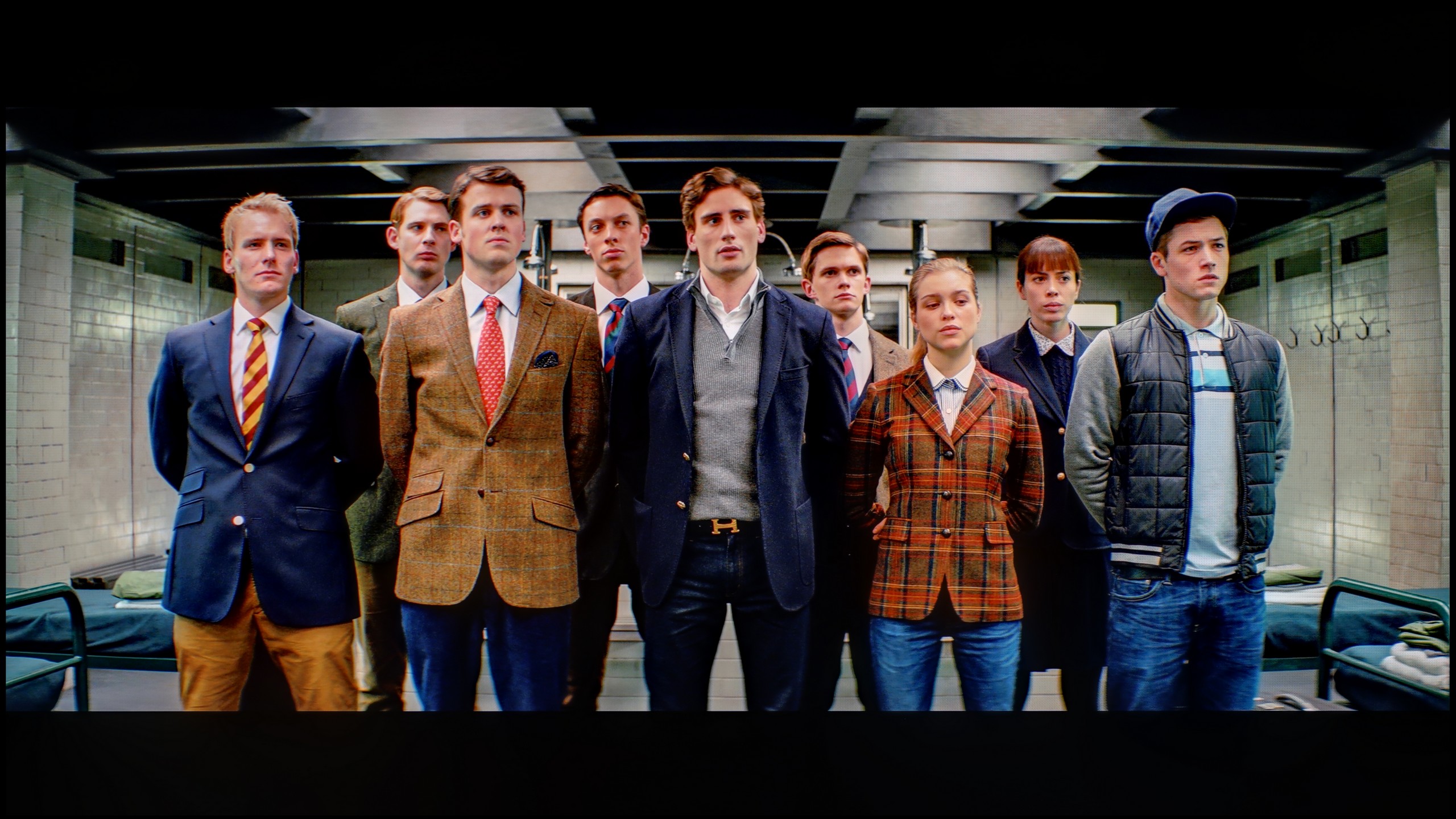
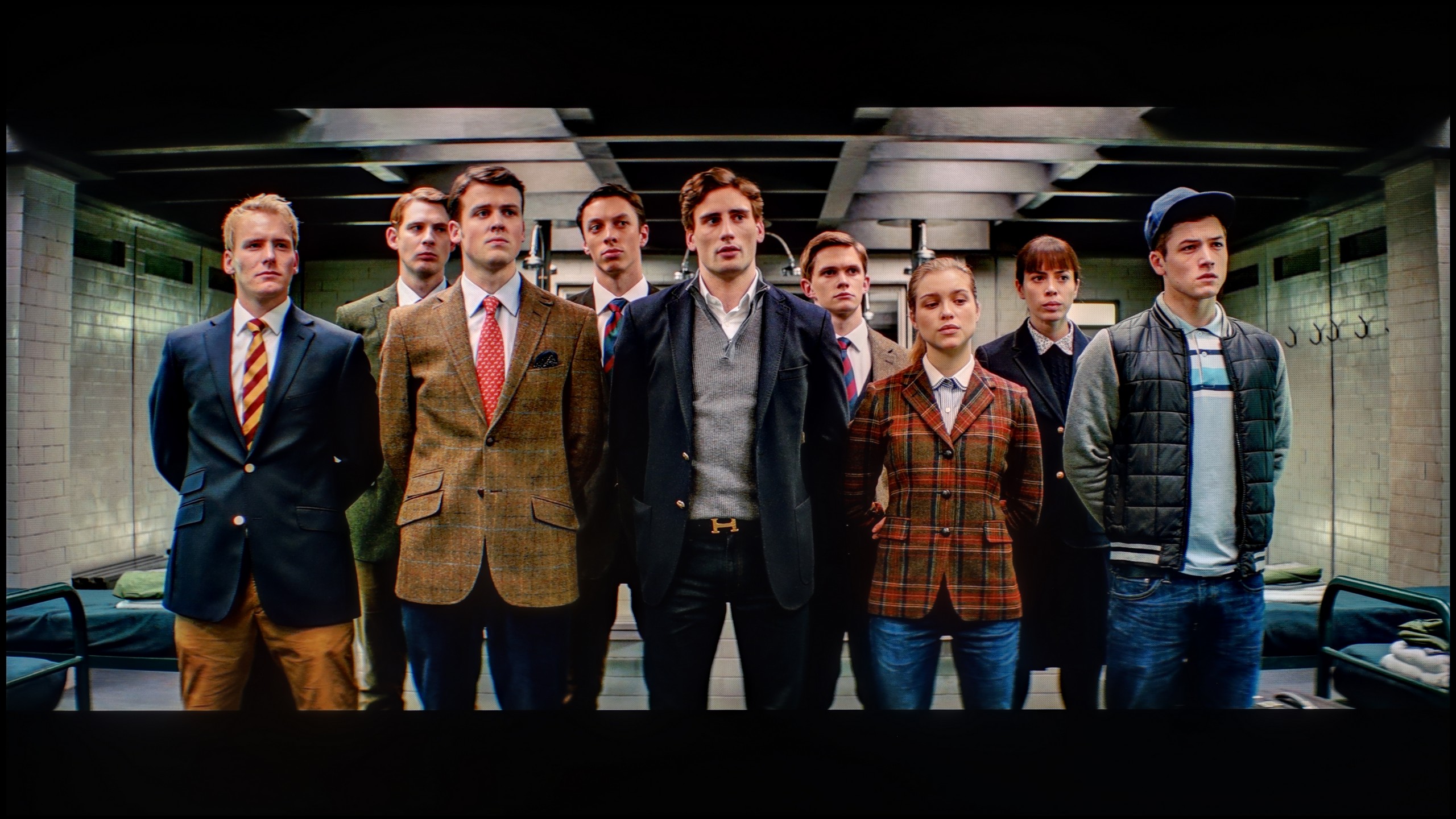
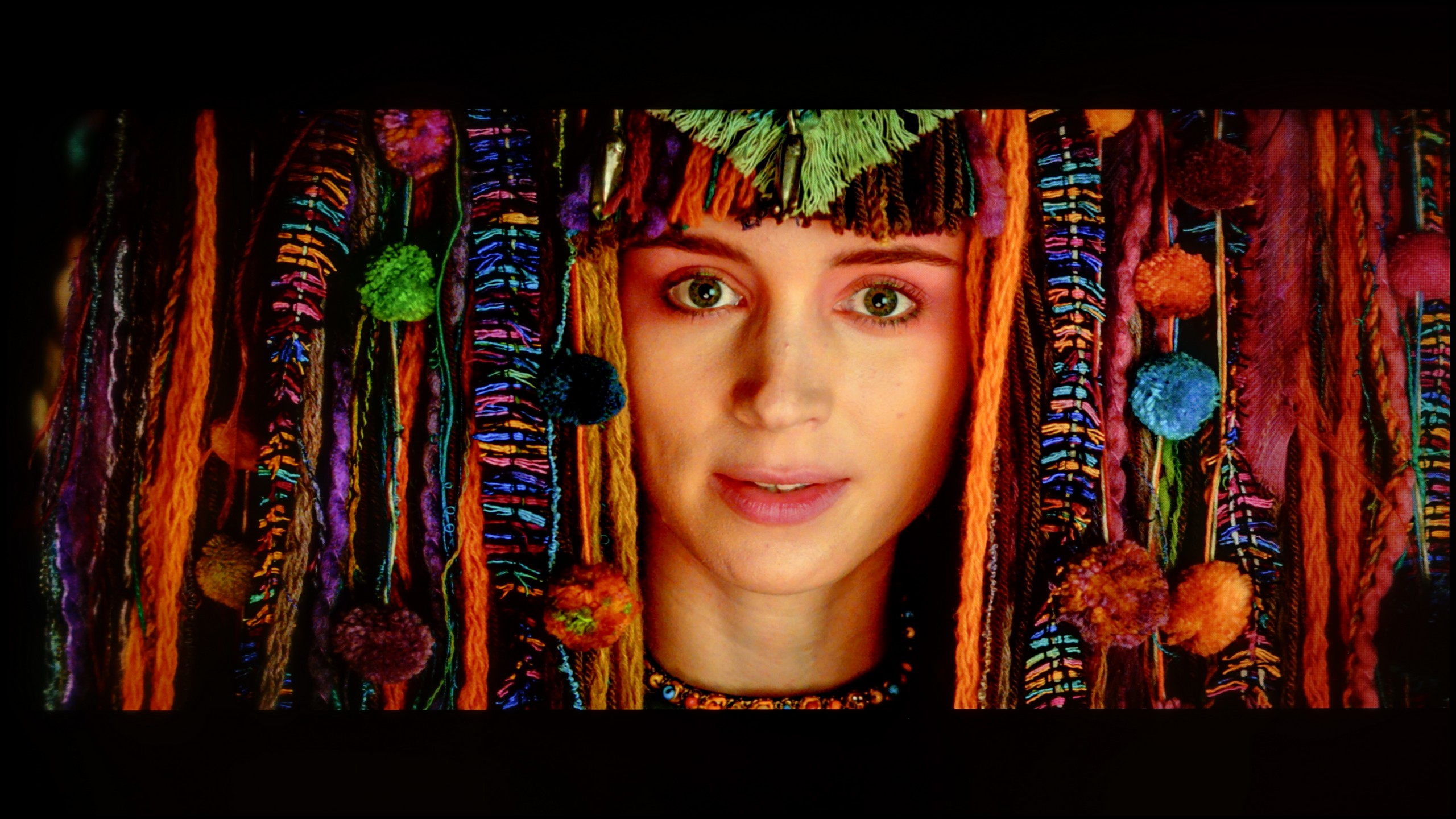

We must admit that we didn't have much work with the LG B5. It's one of those televisions that look good right from the start, but after calibration… they can really impress. The white balance was brought to almost perfect levels – to the point of errors that are invisible to the human eye, unless you are a professional colourist with a magnifying glass at the screen. We also managed to master the tendency of the television to slightly dim the darkest details, particularly in HDR scenes. After proper tuning, everything looks cohesive: black remains deep but does not consume information. Highlights maintain their natural sparkle, and colours align with the director's vision. This is truly one of those models that shows you don't have to spend a fortune to have an almost reference-quality picture. If you can opt for professional calibration – it’s definitely worth it in the case of the B5.
After calibration, we finally managed to tame the white balance – and it immediately translated into a more natural image. Colours finally started to look as they should, and the overall presentation was incomparably better than with the factory settings. In other words – it’s worth taking a moment to improve this, as the gain is really significant. The gamma responsible for managing brightness was also brought under control in SDR content, and the effect was more than satisfactory. Unfortunately, when we switched on the HDR material, the situation quickly became complicated. No matter how we set the local dimming, the television had a tendency to do what it pleased with the image – either overexposing the whole picture or dimming the darkest parts too much. Just like we saw in the scene from the film Billy Lynn. Colour-wise, the improvement after calibration makes a great impression, but managing brightness in HDR remains the Achilles' heel of the C9K and constitutes a technological limitation.
Smoothness of tonal transitions
7.2/10
8.7/10




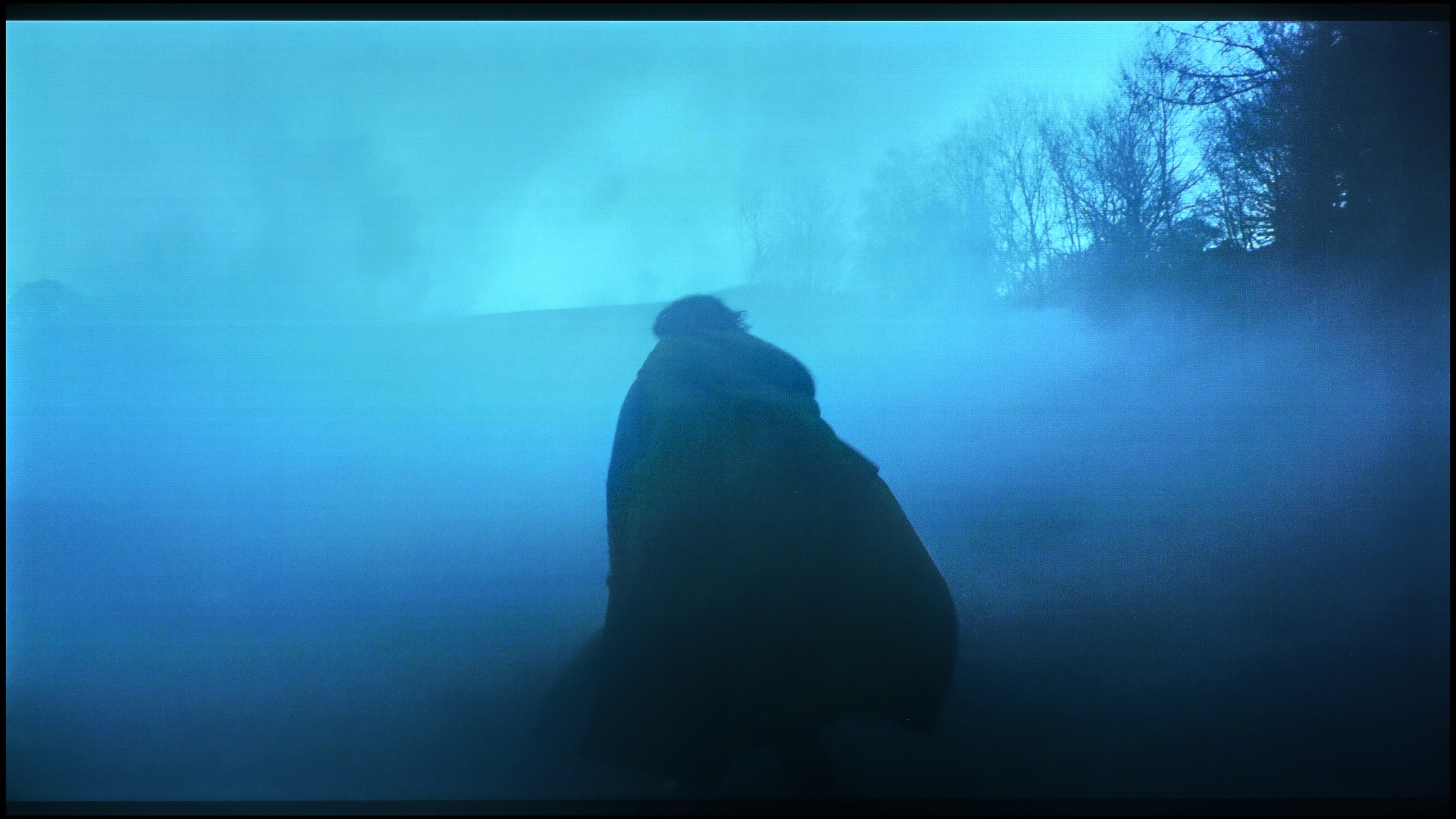
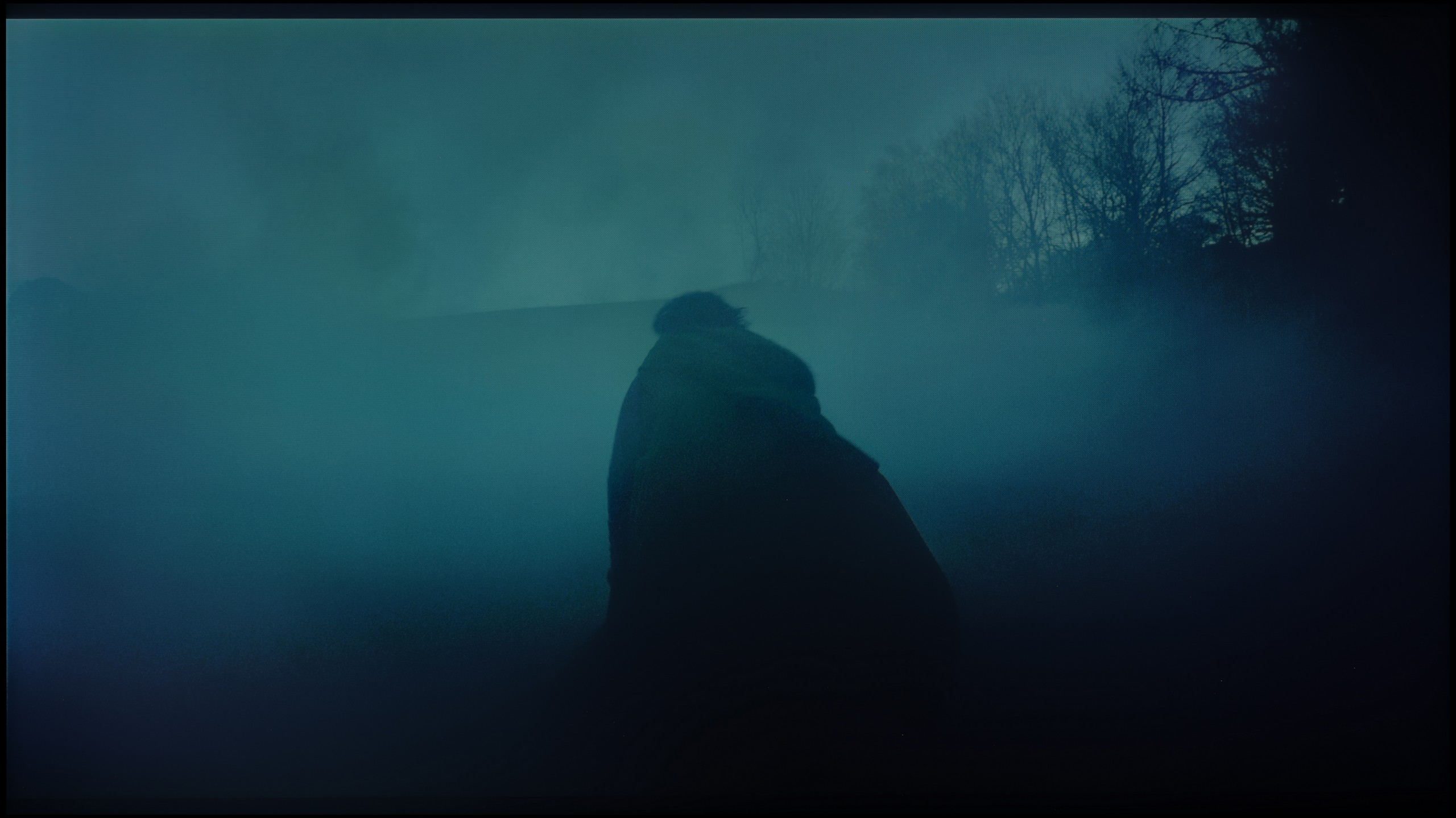
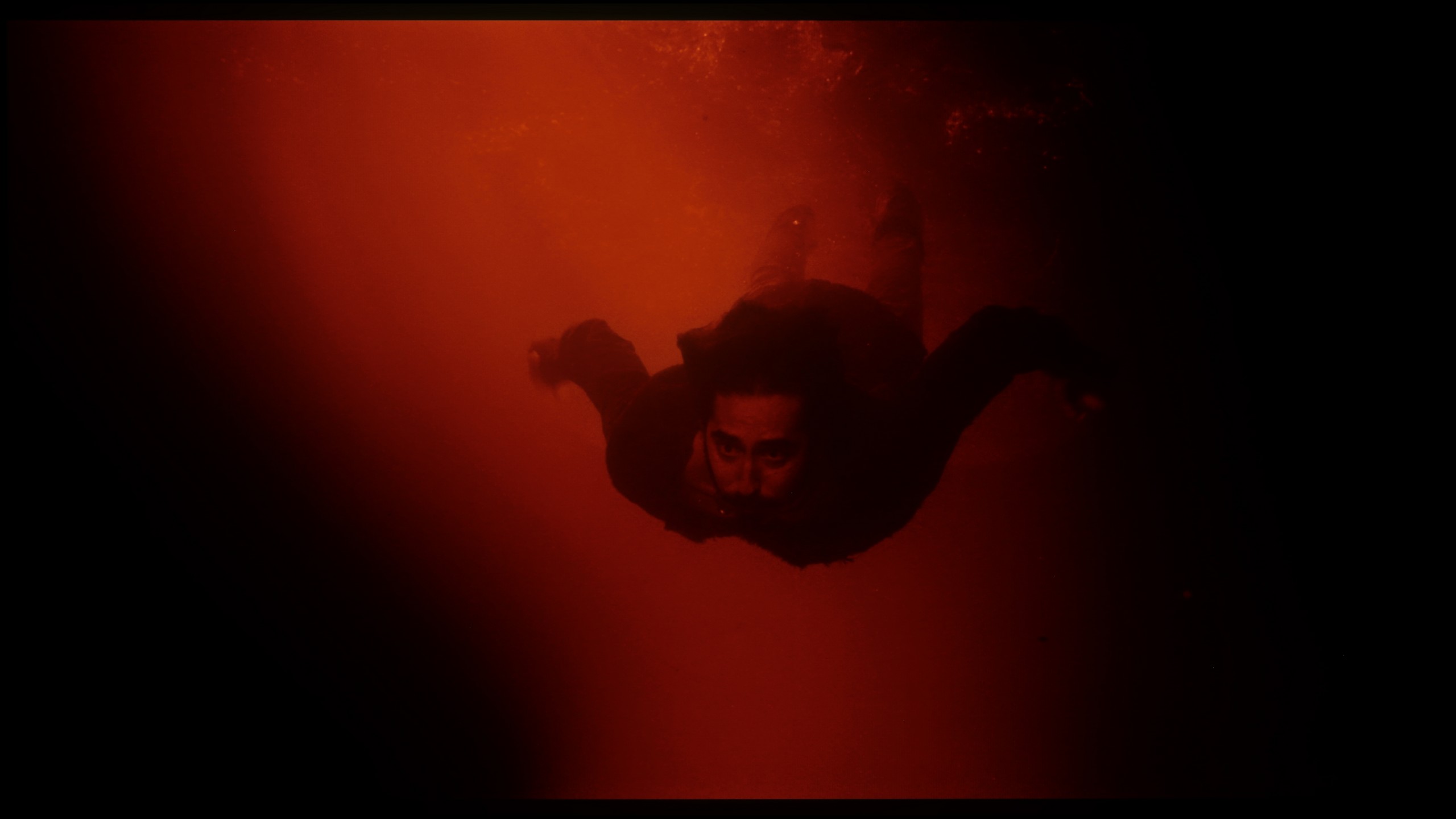





The LG B5 handles colour gradation quite decently. In bright scenes, where we have smooth transitions between skin tones, the sky, or backgrounds, the television blends colours seamlessly and without any jarring effects. At first glance – it looks good, especially considering the price. However, it is enough to reach for more challenging material – those darker, more demanding scenes with a lot of subtle transitions – and the challenges begin. Minor artefacts, false contours, and slight thickening appear. It is still not a level that dazzles or distracts from the narrative, but the difference compared to more expensive WOLED models – and even more so QD-OLED screens – becomes noticeable.
In terms of the fluidity of tonal transitions, TCL C9K performs really well. In more challenging movie scenes, there is no typical banding of colours that can break immersion, even in more expensive televisions. Perhaps slight issues can be noticed in the brightest parts – for instance, in scenes from the film Kingstone – but these are nuances. For the vast majority of viewers, especially with 4K content, the colour gradation will appear smooth and practically unnoticeable.
Image scaling and smoothness of tonal transitions
7.5/10
5.5/10
Smooth transition function
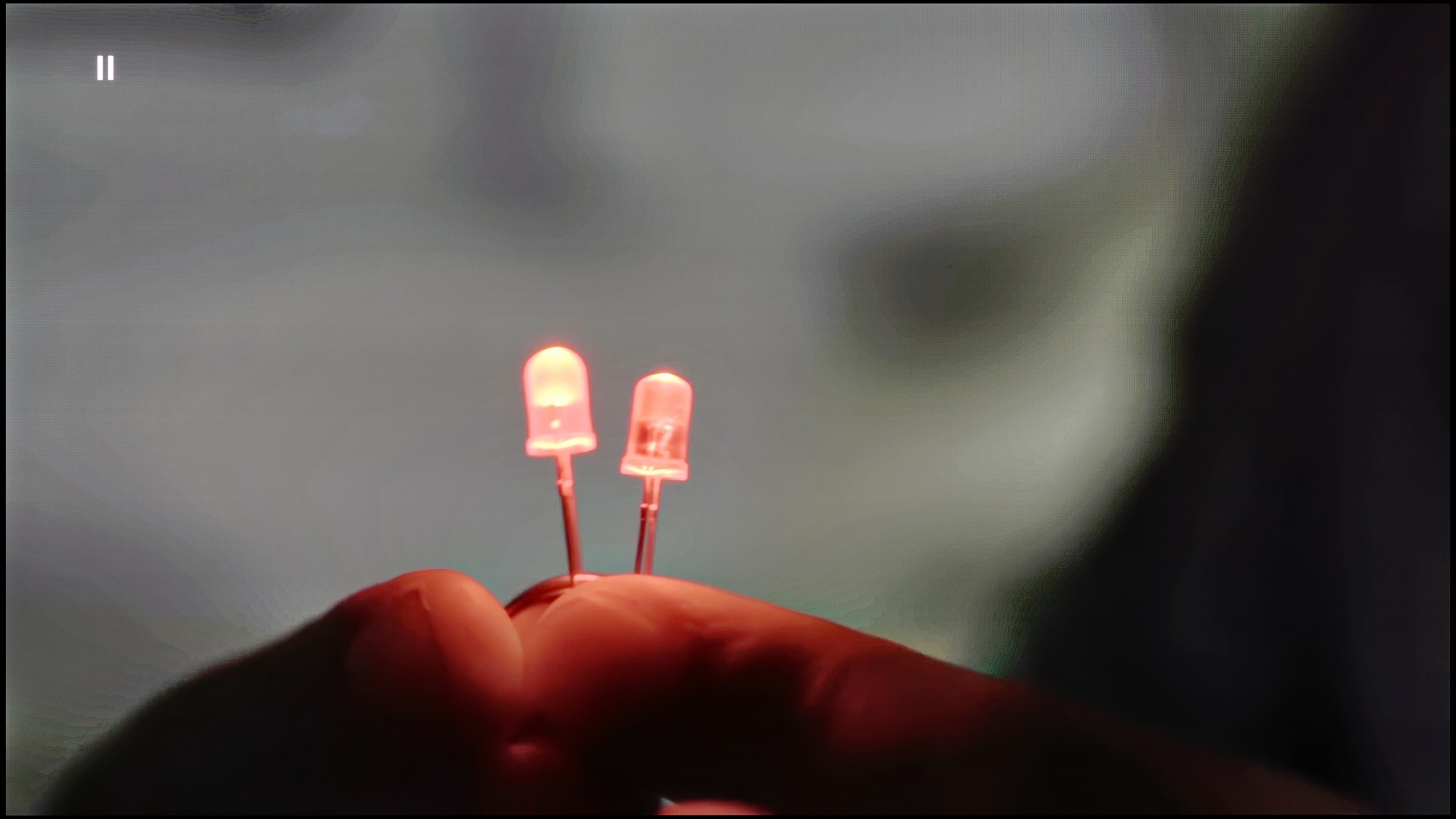
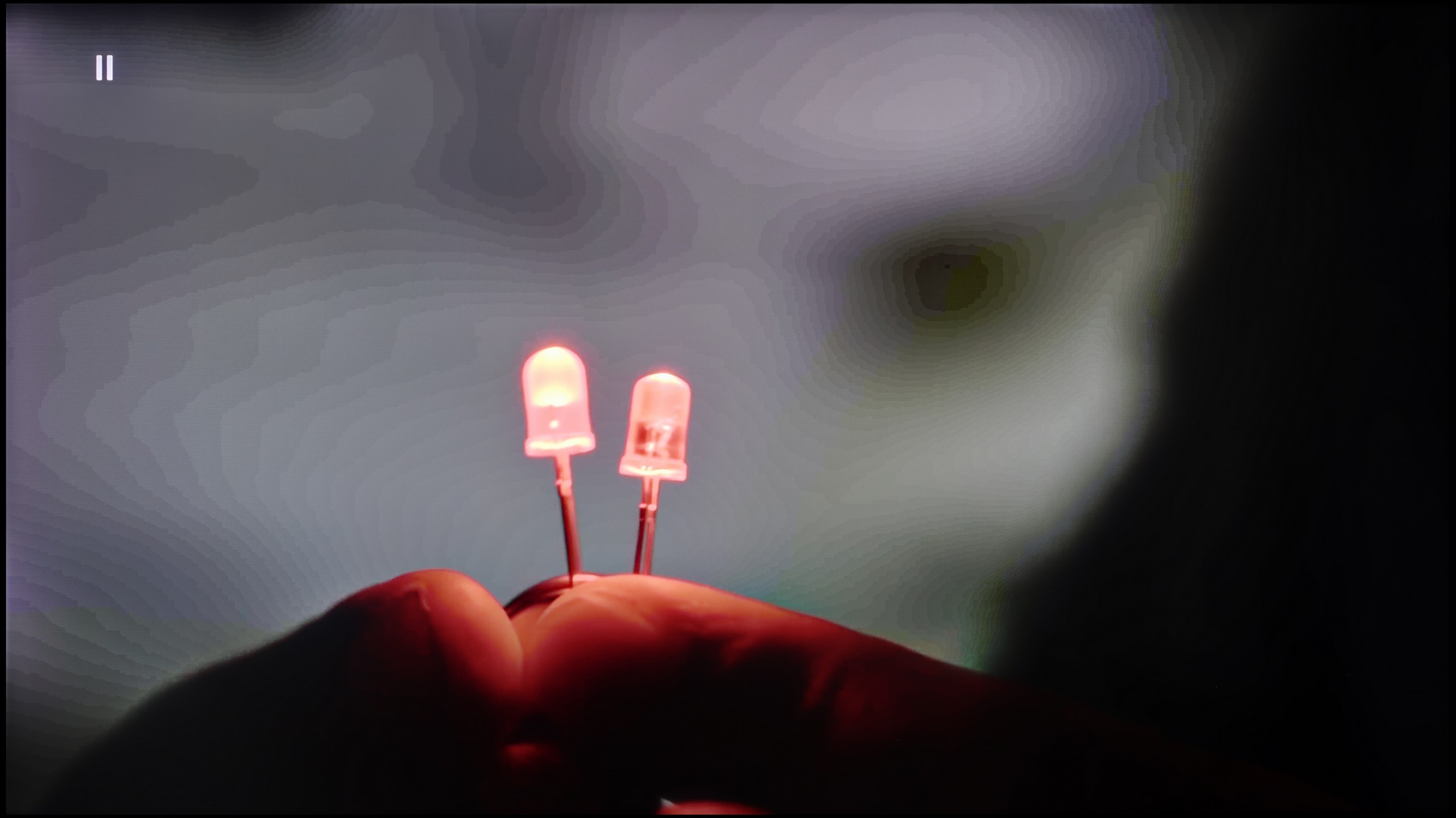
Image without overscan on the SD signal


LG B5 really positively surprised us in terms of handling lower quality content. Thanks to the enhancement and smoothing features, materials in HD resolution or even SD gain a second life. Importantly – when this option is activated at the "low" or "medium" level, we do not feel that the image is artificially softened or smoothed out unnecessarily. Details remain intact, film grain does not disappear, and the edges of objects do not look washed out 😉. This is truly a useful tool – especially if you are watching terrestrial television, archival materials, or content from YouTube in lower resolutions. The image is clear, coherent, and simply pleasant to the eye.
Scaling as such works very well – even content of poor quality is reproduced with surprising fidelity. Unfortunately, there was a slight hiccup. Although the menu contains the option to disable overscan, the television still has issues with correctly displaying images of very low resolution. It may seem like a detail, but when watching older materials – it can be irritating.
The digital image processing in TCL C9K is rather mediocre. The tone transition smoothing feature is supposedly present, but activating it hardly makes any difference – colour banding is still visible, and it can inadvertently highlight elements we would prefer to hide, such as textures of objects. Fortunately, it does not remove film grain, but that's scant consolation considering the effects are still poor. Thus, it's hard to recommend using this option.
On the other hand, image scaling performs significantly better. Lower quality materials look quite decent – characters and backgrounds are represented clearly, although of course, with sources like 576p, the limitations of the physics cannot be disguised. Sometimes, there's characteristic aliasing of objects, but that's due to the source itself, not the algorithm. A plus for the fact that there are no overscan issues – the image is neither artificially cropped nor enlarged.
Blur and motion smoothness
8.5/10
7.8/10
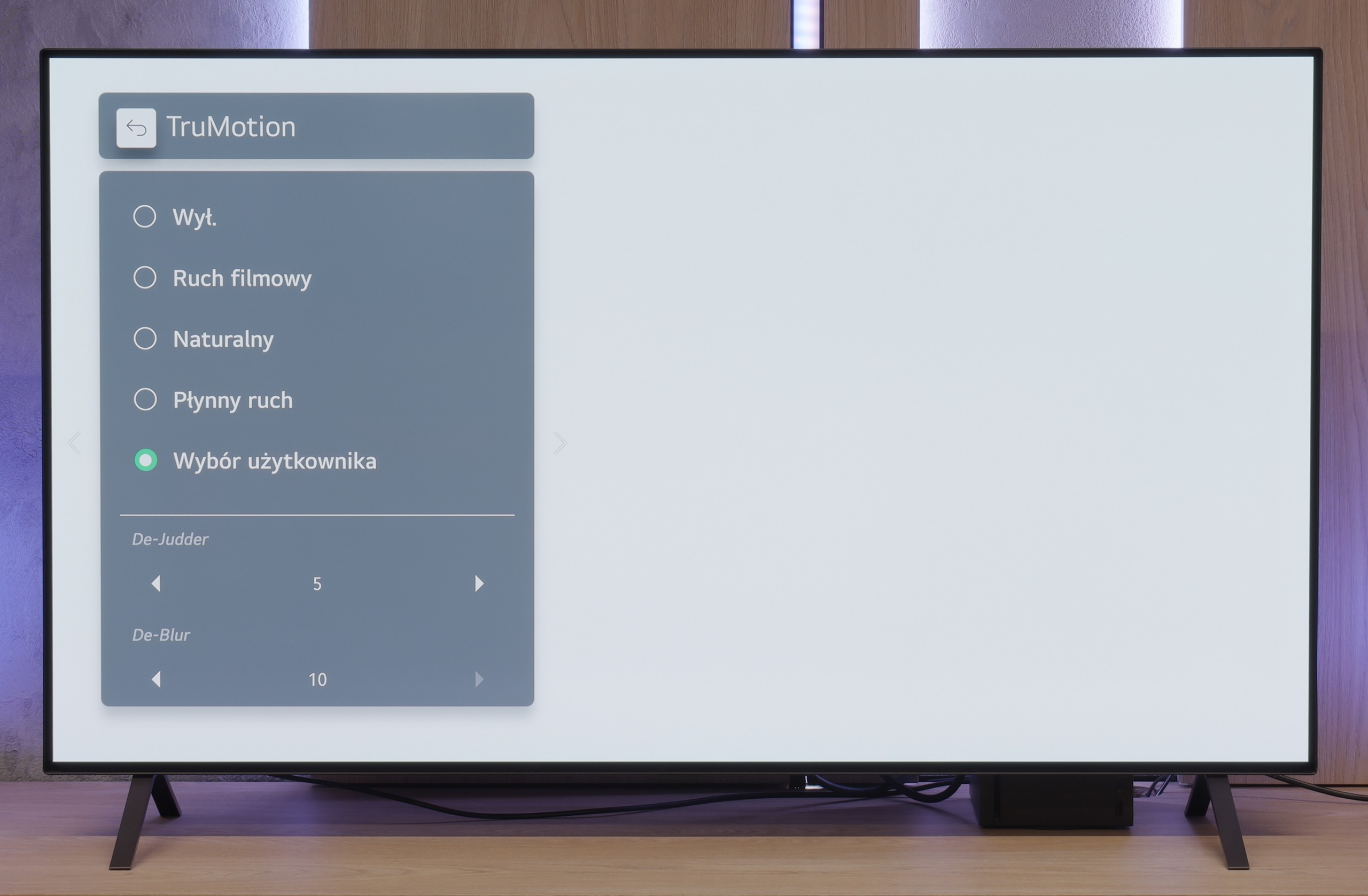
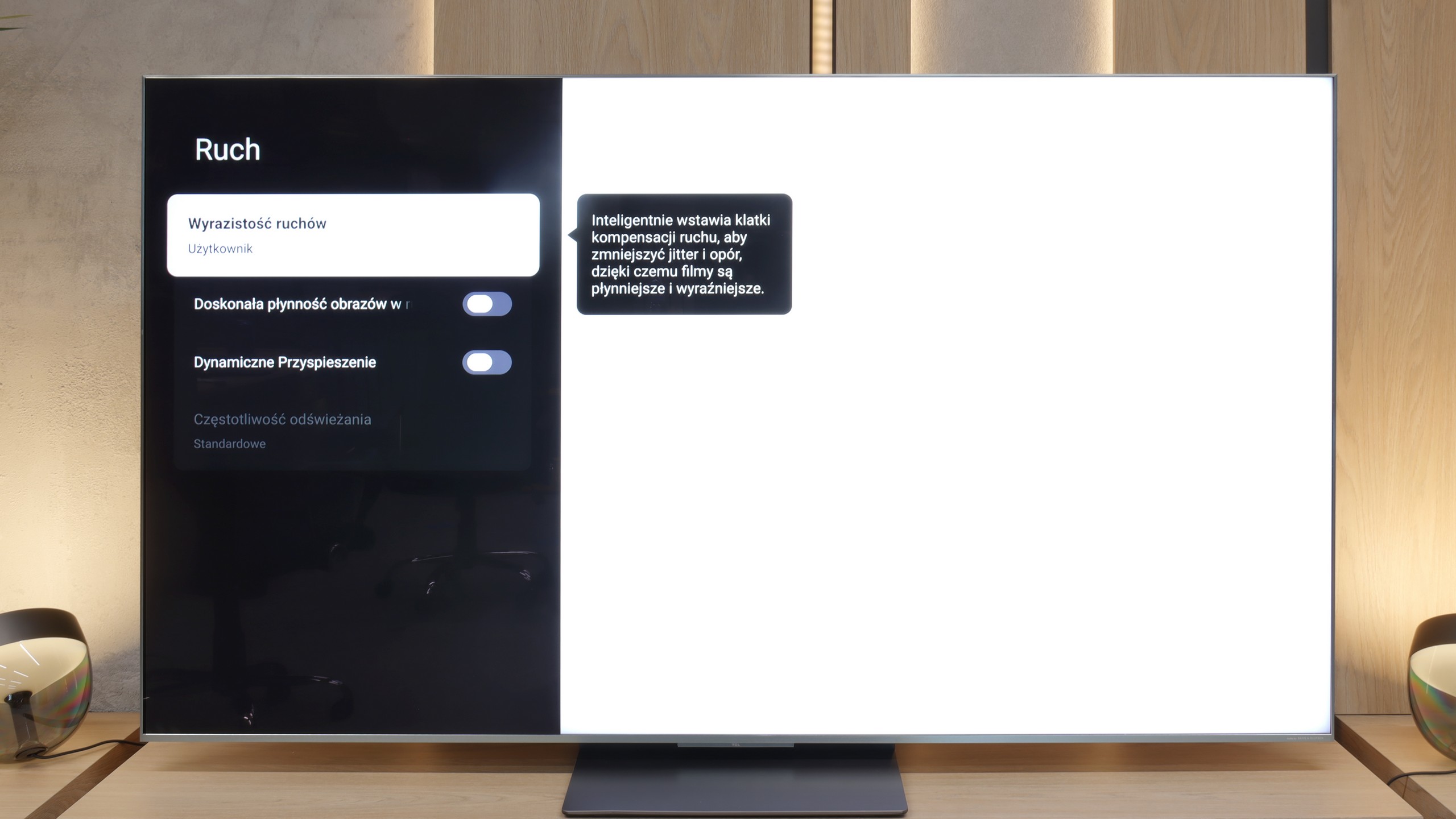
Blur (native resolution, maximum refresh rate):



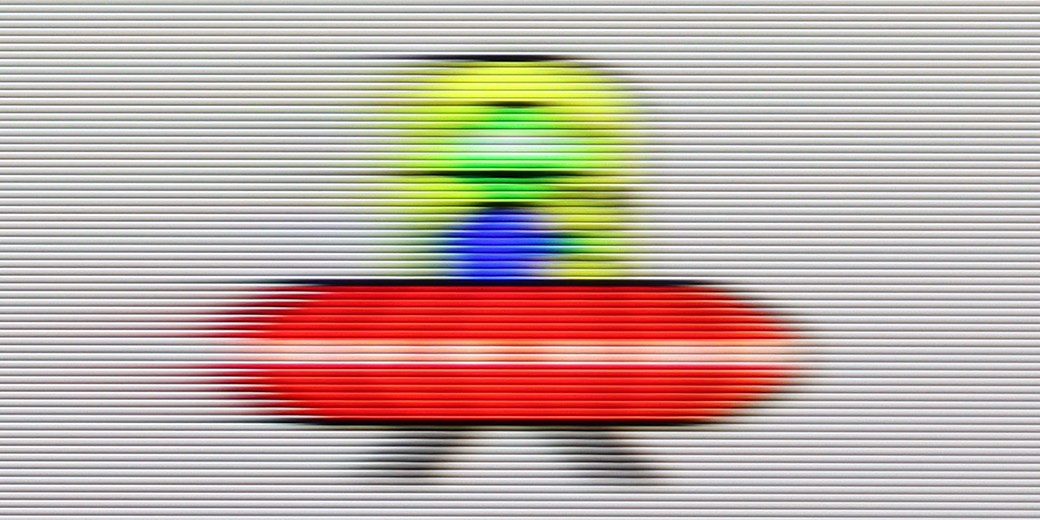
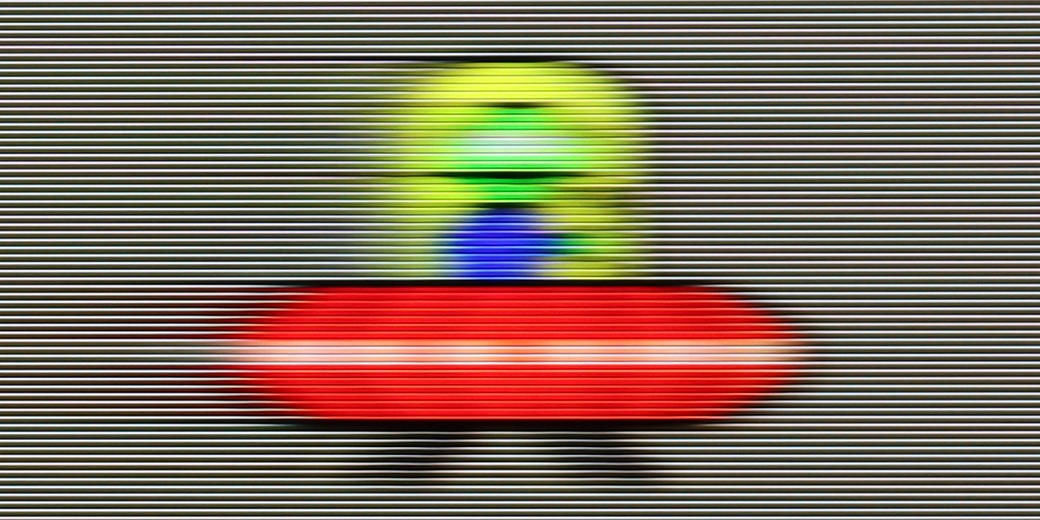
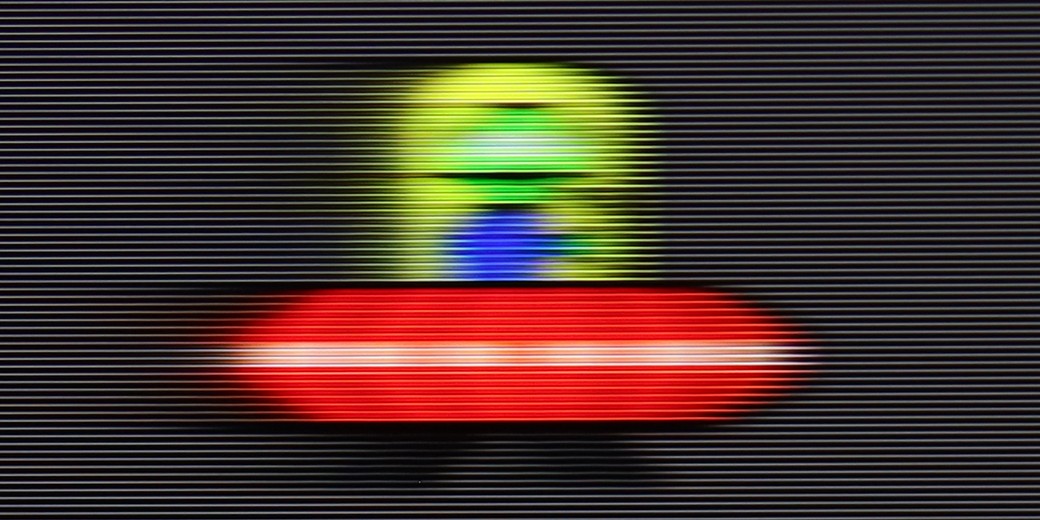
Blur (BFI function enabled):



Smużenie ():
Smużenie (1080p@288Hz):


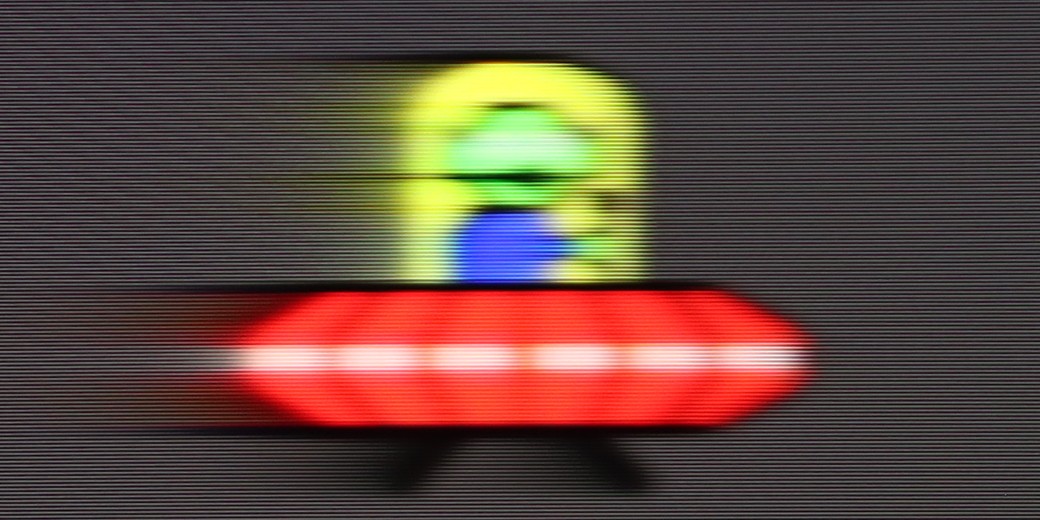
LG B5 is a television with a 120 Hz OLED panel. It may not sound as impressive as the marketing claims of “144 Hz” or “165 Hz” found in gaming monitors, but honestly? The smoothness is excellent nonetheless. The picture is sharp, fluid and simply enjoyable to watch – even when there is a lot happening on screen. The organic panel does its job – the pixel response time is almost instantaneous, meaning there’s no sign of smearing or blurring that can spoil dynamic shots. Sport, fast-paced games – everything looks clear and distinct.
We also have the classic LG smoothness enhancer, TruMotion. This allows you to smooth out films shot at 24 frames per second – which, to put it bluntly, is most of what you watch on Netflix or from Blu-ray discs. If you set lower values on the “De-Judder” slider, you’ll get a picture closer to a cinematic look – with a slight judder, but without any artificiality. Higher settings? A soap opera effect is guaranteed. Fortunately, LG gives you the option to tune everything to your liking.
Similar to the C8K, the C9K is also a really fast television – both figuratively and literally. On board, we have a 4K panel with a refresh rate of 144 Hz, and at lower resolutions, the panel can even ramp up to 288 Hz. Such speed translates into practice – while watching sports or playing games, the picture looks very smooth and clear. Additionally, in films, we get an extra motion smoothing feature called Motion Clarity, which allows you to adjust the smoothness to your own preferences – from the cinematic "stuttering" of frames to nearly theatrical smoothness.
Console compatibility and gaming features
10/10
9.8/10
- ALLM
- VRR
- VRR range40 - 120Hz48 - 288Hz
- Dolby Vision Game Mode
- Correct implementation of HGIG
- 1080p@120Hz
- 1440p@120Hz
- 4K@120Hz
- Game bar
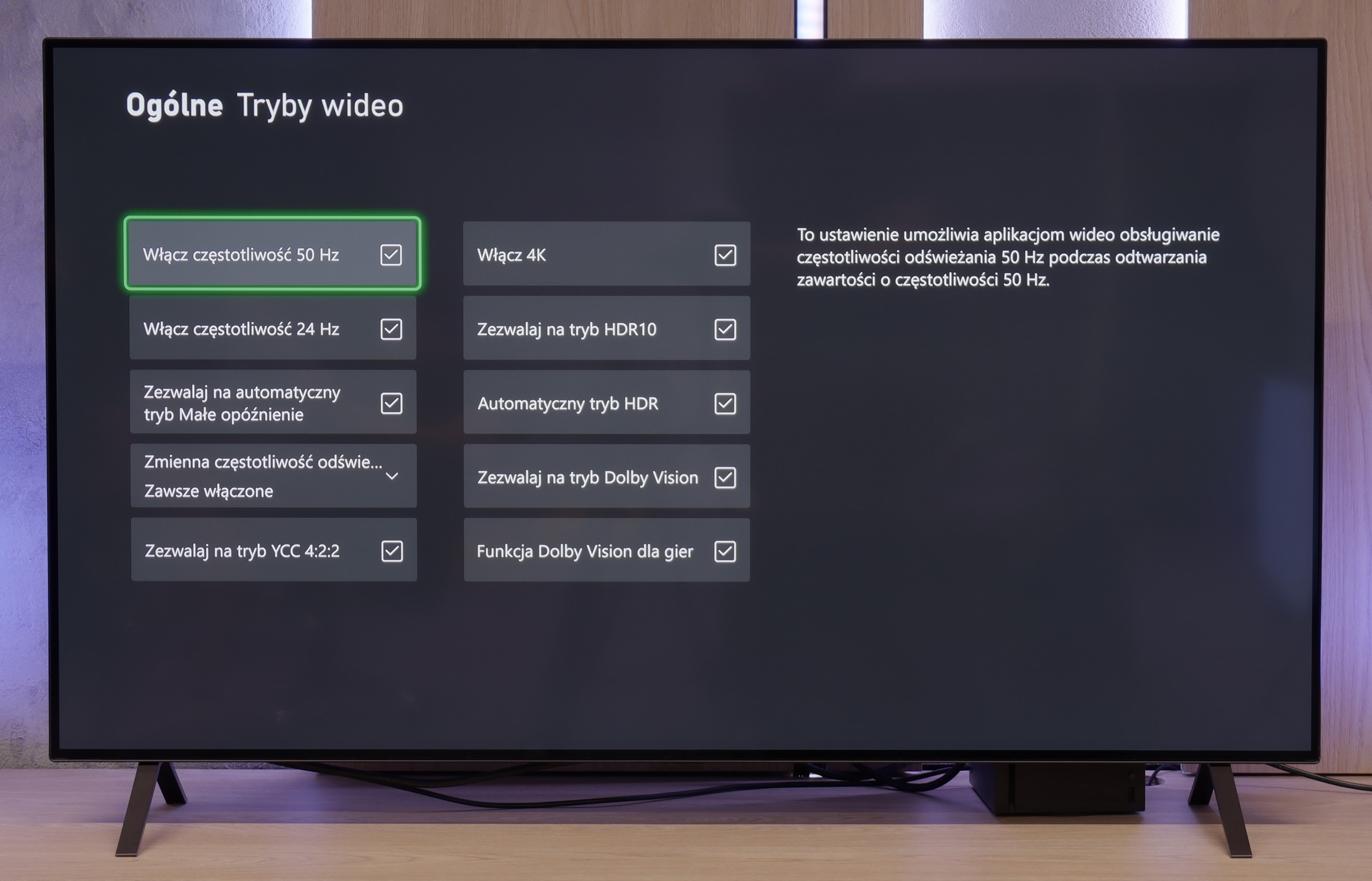
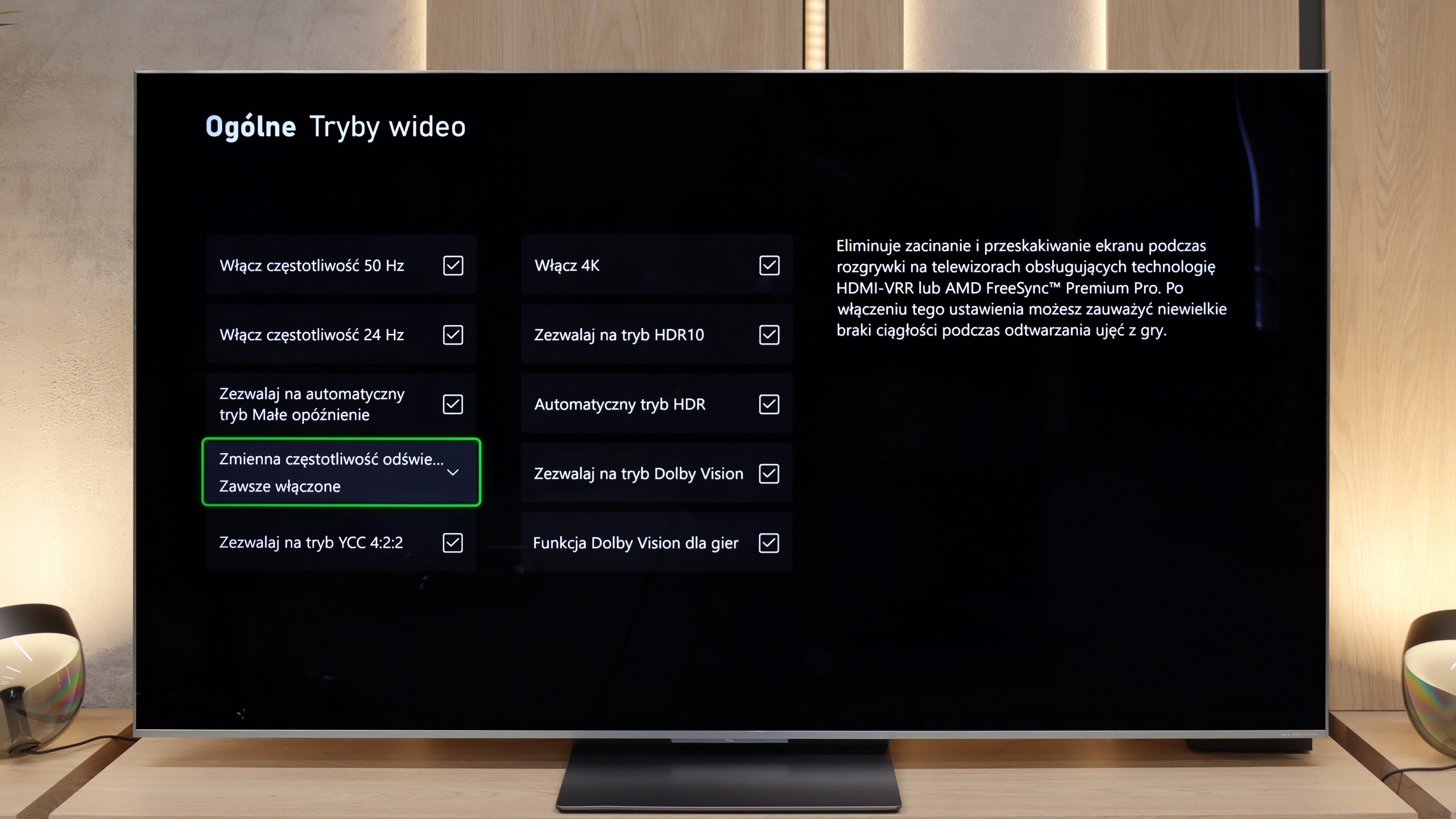
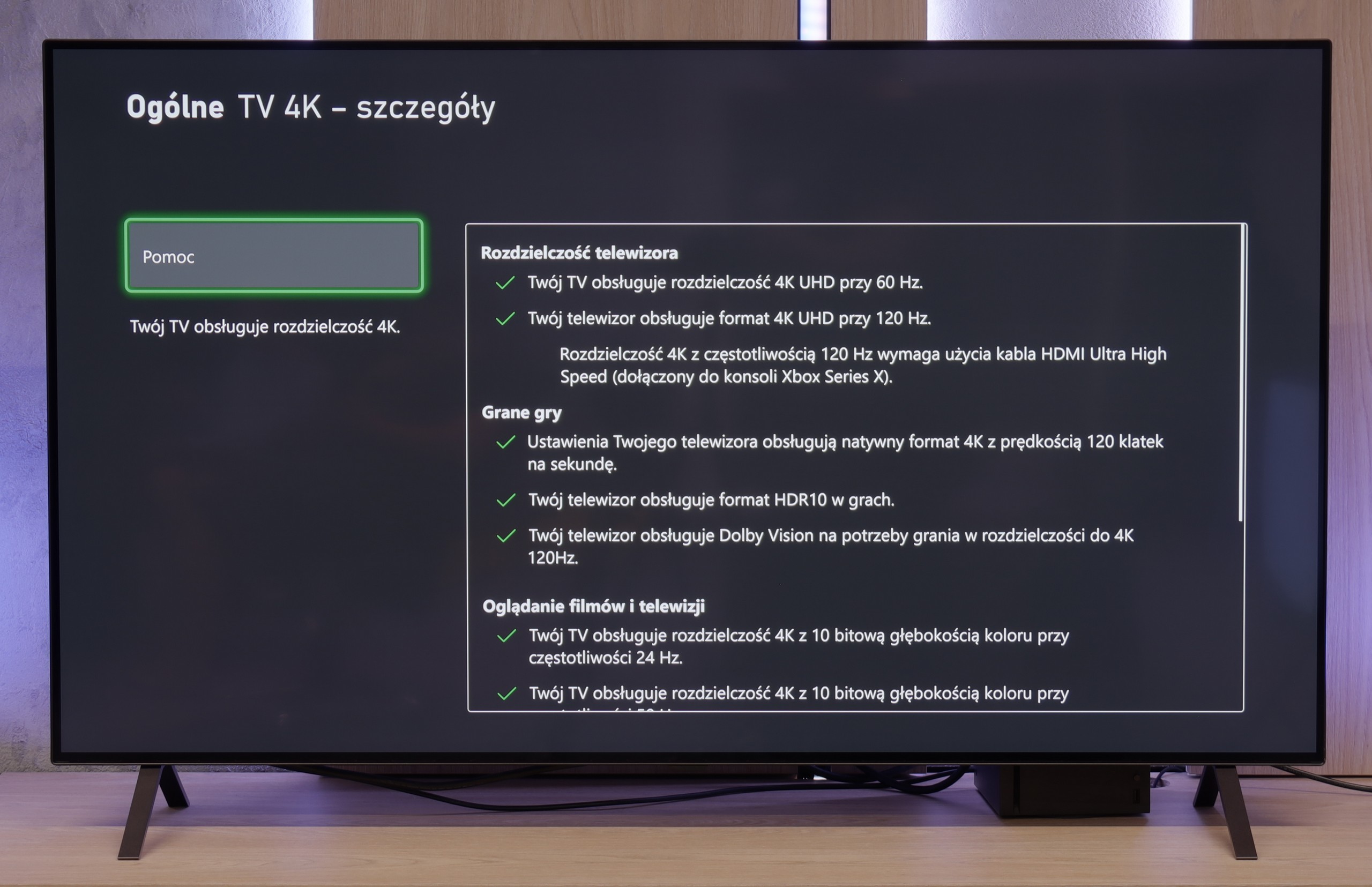
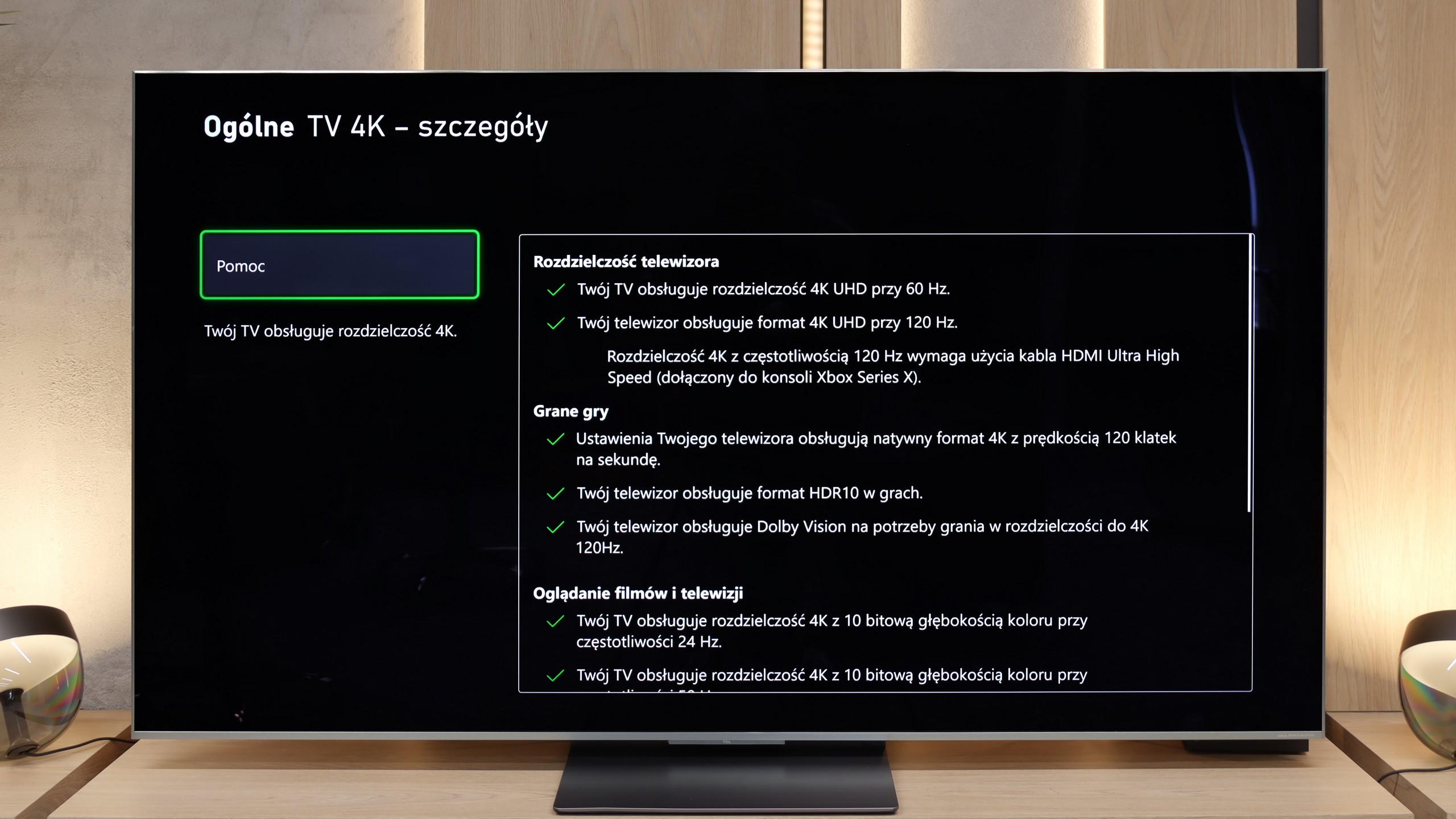
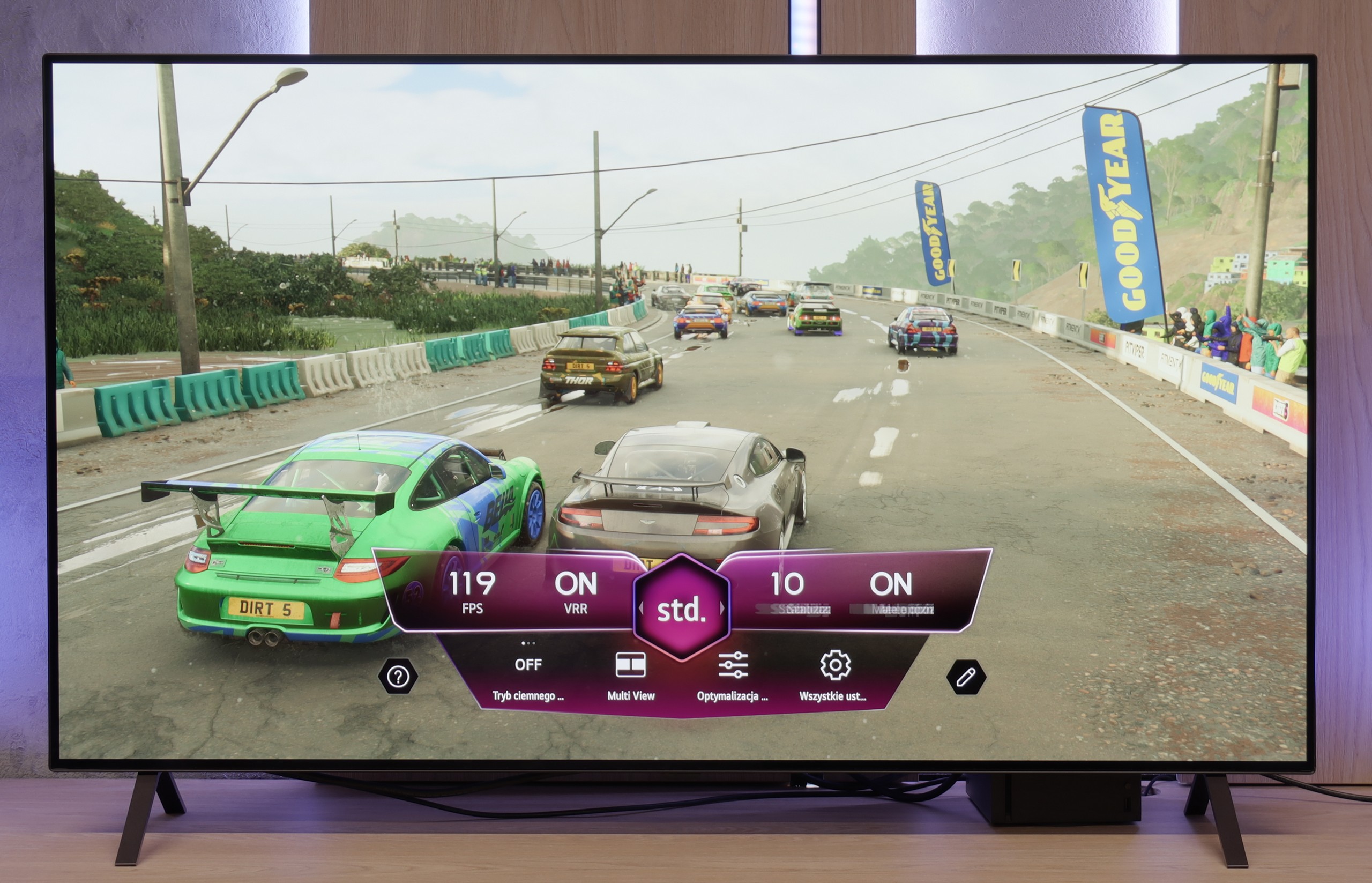
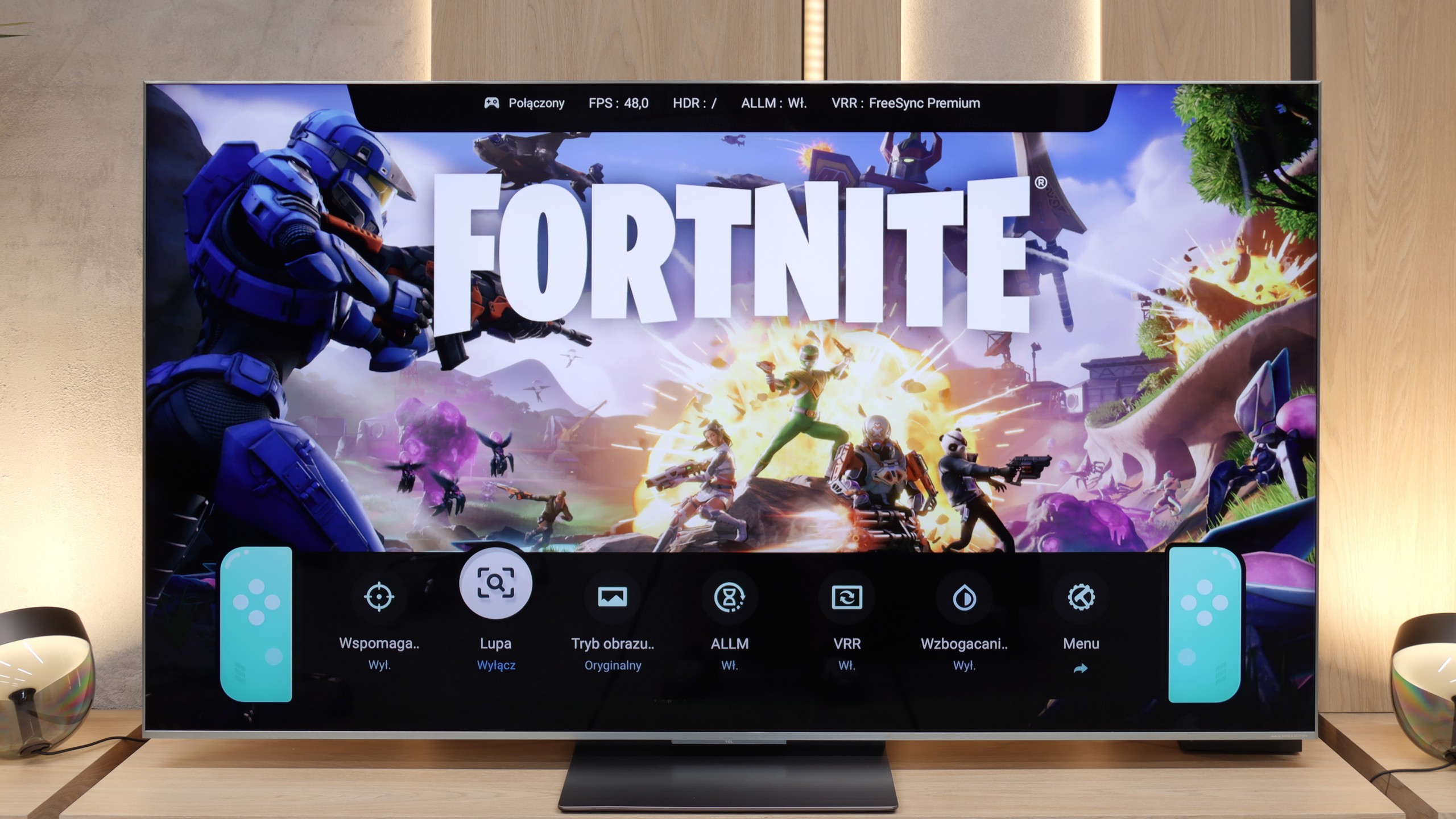
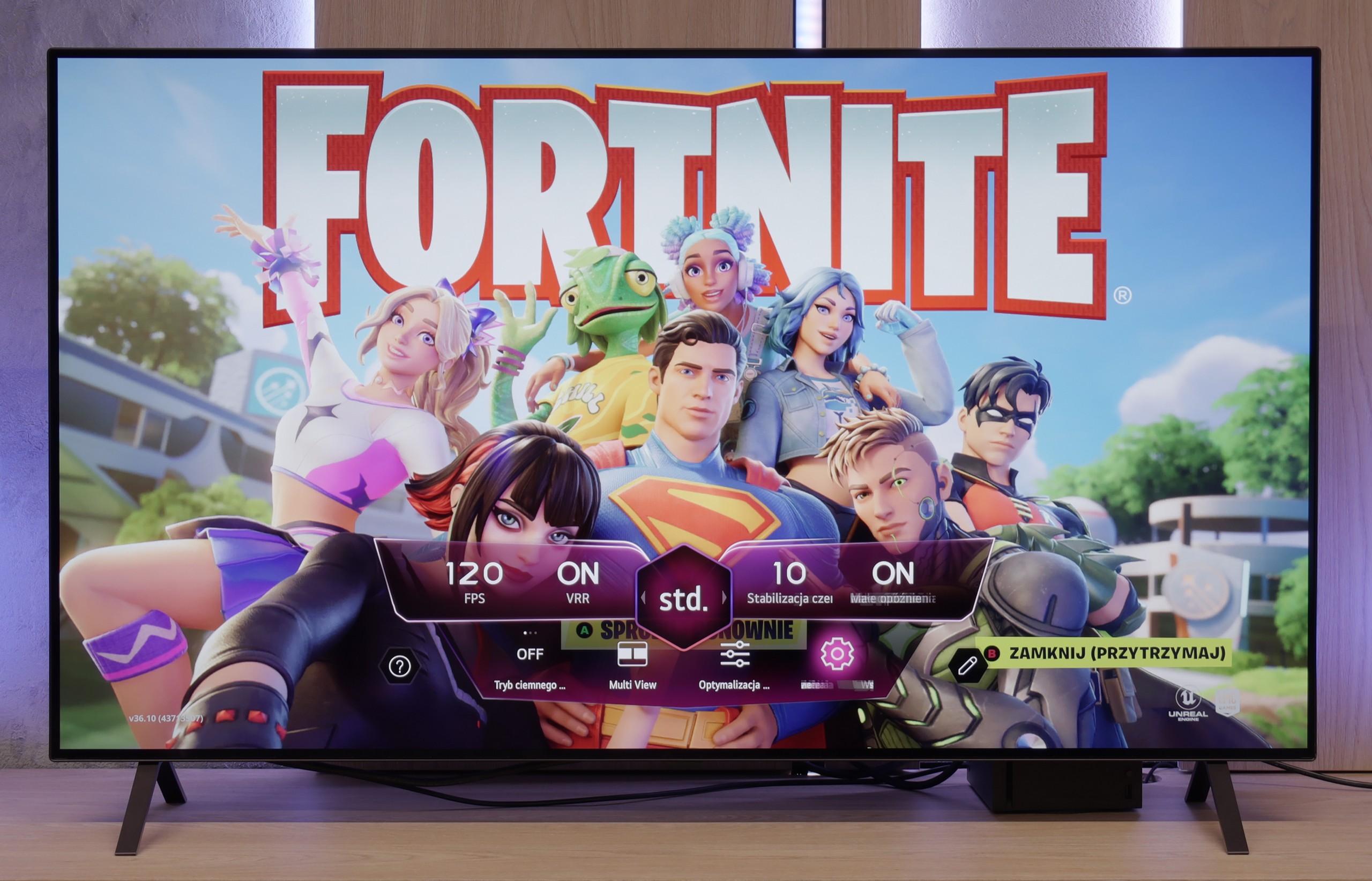
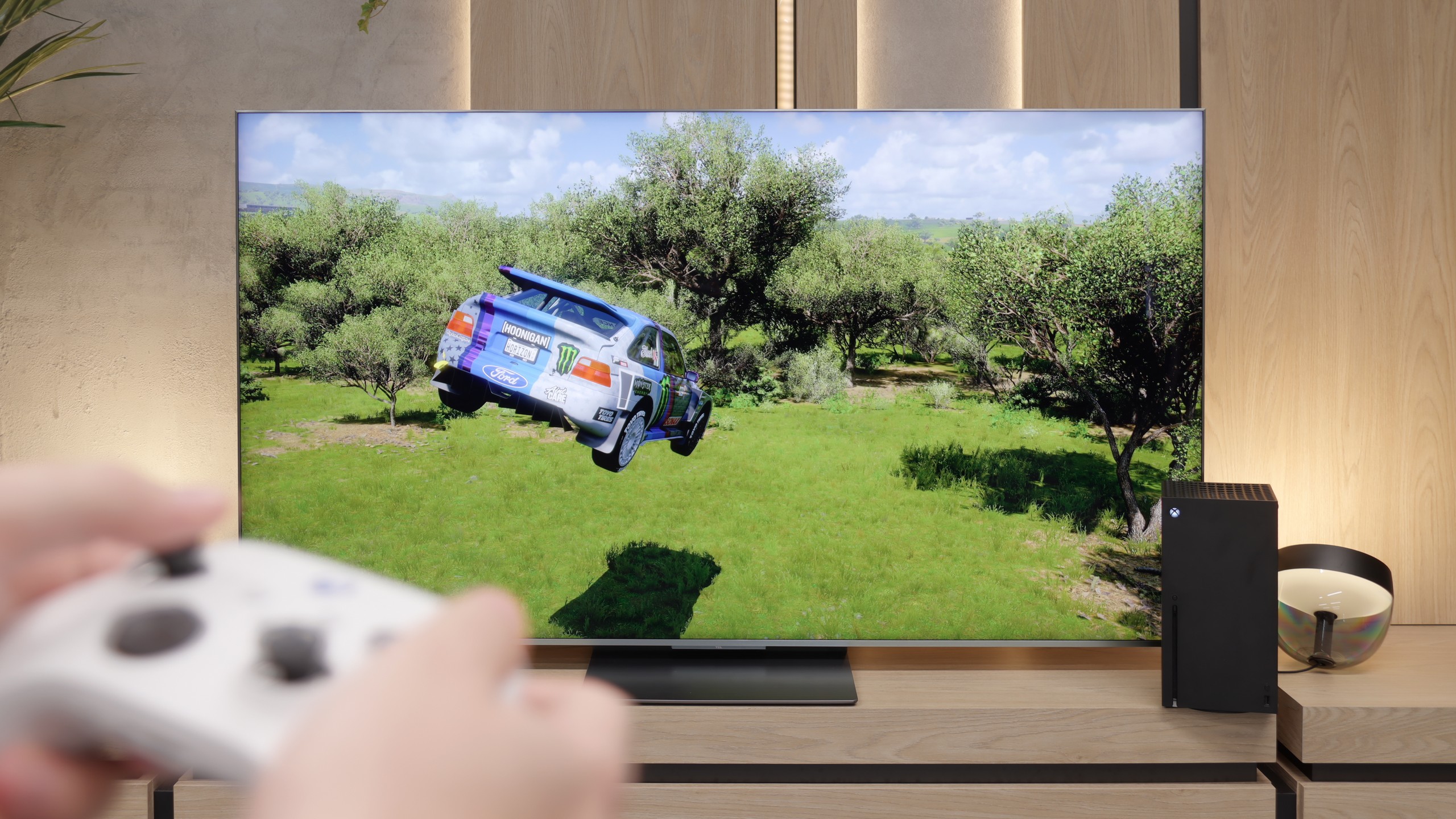
There are already a few televisions on the market with the label “for gamers” that, in practice, don’t understand what that means. The LG B5 is not one of them. Everything here is spot on – there are four HDMI 2.1 ports, it has 120 Hz, VRR, and ALLM, and it even has a Game Bar that is actually useful, not just looks good in the brochure. You connect your console – it works. You set 4K at 120 Hz – it works. You have an Xbox and want to play in Dolby Vision – it works too. And this is not in the sense of “theoretically supports”; it really turns on, looks good, and you don’t need to fiddle with the settings for half an hour. Additionally, there’s the HGiG picture mode that LG implemented correctly – which means HDR in games doesn’t turn the screen into a flash lamp, but shows exactly what it should. There are no surprises here, no strange limitations, no “buts.” And you know what? That’s how it should be. Cheers to the LG B5!
For gaming, the TCL C9K is a complete tool. Here we have two (out of four) HDMI 2.1 ports with full bandwidth of 48 Gbps, so all the key technologies work: VRR (Variable Refresh Rate) and ALLM (Auto Low Latency Mode). Additionally, the manufacturer has included a really intuitive Game Bar, which allows you to quickly check the most important parameters and adjust settings without rummaging through the menu. Also worth noting is TCL's policy – the television does not shy away from any HDR formats, even in game mode. Whether it's HGiG or Dolby Vision for the Xbox Series S/X console – everything works as it should, giving the player a wide range of freedom.
Input lag
9.9/10
9.8/10
SDR
HDR
Dolby Vision
Here we won't elaborate – the LG B5 simply has excellent input lag. For 60 Hz content, it achieves results below 10 ms, and for 120 Hz it even drops to around 5 ms. These are values that cannot be fairly critiqued. It simply works instantly, with no delays, no surprises. Well… almost. Because as usual, there is a small asterisk with the Dolby Vision Gaming mode. In this mode, the response time slightly increases. It’s nothing dramatic – they are still very low values, hardly noticeable during gameplay – but if you play exclusively competitive titles and fight for every millisecond on the XBOX, it’s worth keeping in mind.
In terms of input lag, the TCL C9K performs exceptionally well. With 120 Hz content, the delay reaches only 7 ms, placing it among the very best televisions available on the market. Naturally, with 60 Hz materials, the input lag increases to around 15–16 ms, but in practice, this has little impact on the final responsiveness of the screen to our actions on the pad.
Compatibility with PC
7.6/10
8.6/10
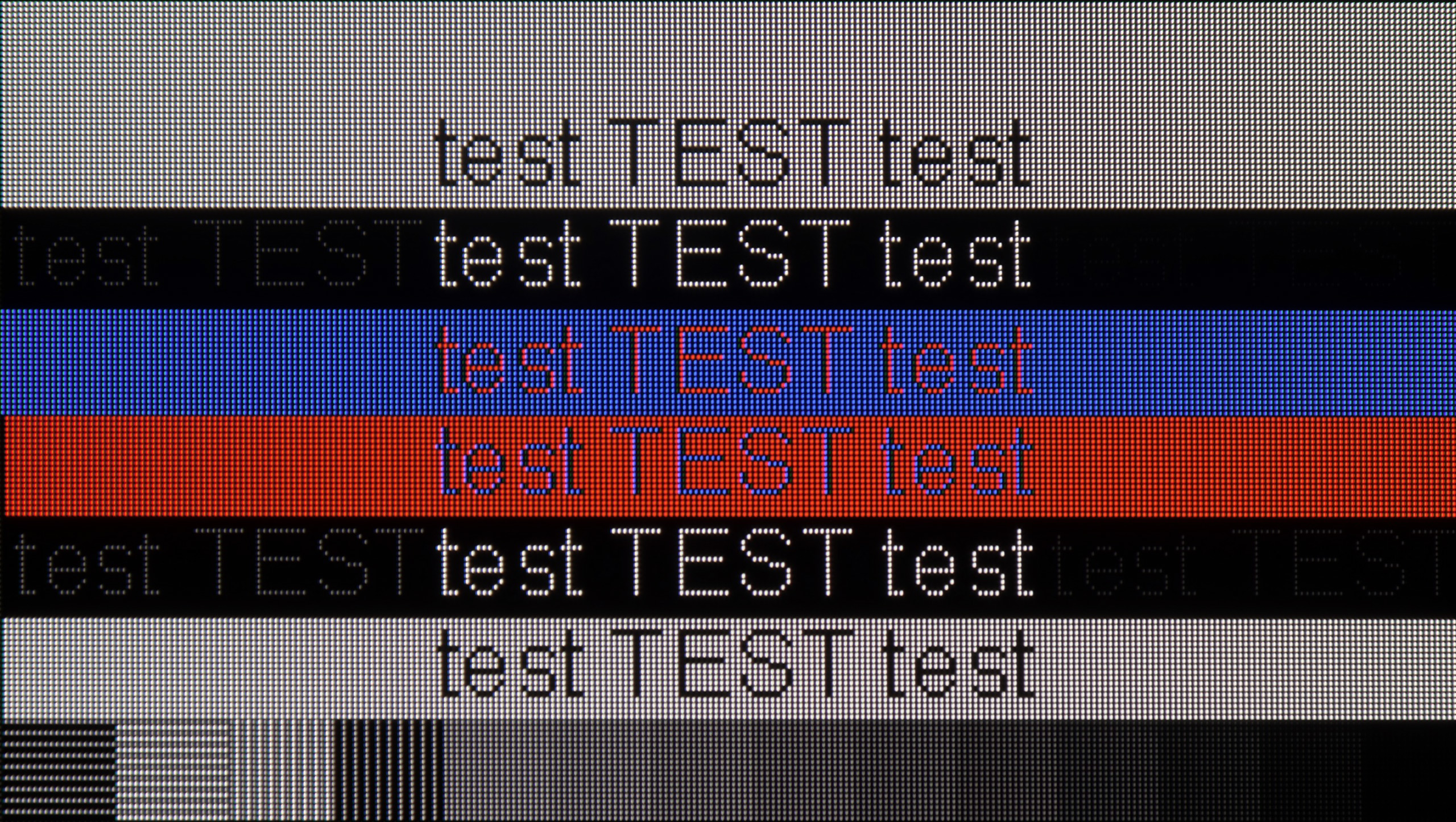
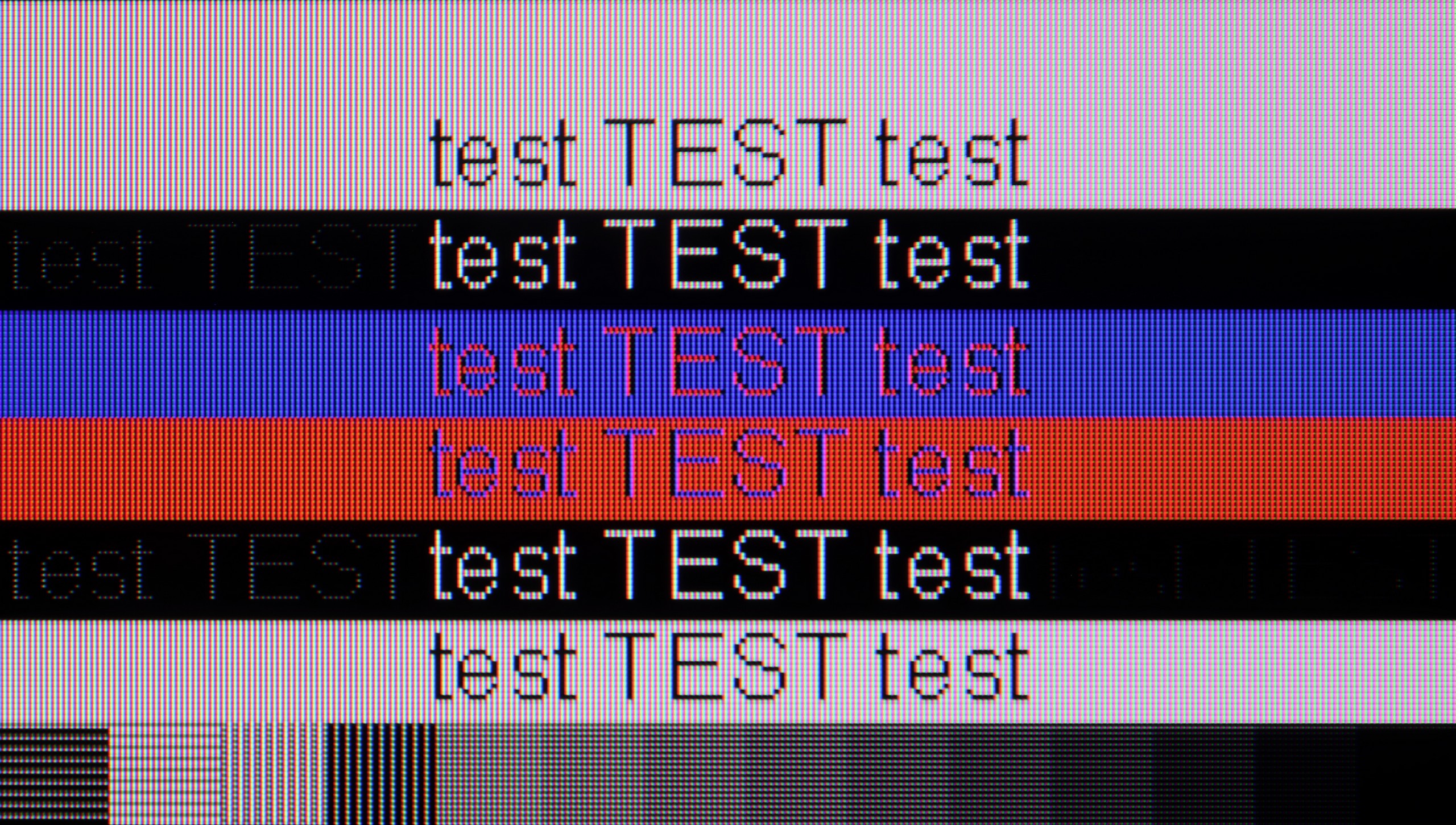
LG B5 is a television that communicates well with a computer. You won't find gaming frills like 144 or 165 Hz here, but is that really necessary for anyone? Thanks to the 120 Hz panel, low input lag, and G-Sync support, it's truly a very good screen for gaming on PC. No stuttering, no tearing, with lightning-fast response.
But it's not just for gaming. You can also quite comfortably... simply work on the B5. The television properly supports chroma 4:4:4, so fonts are readable, interfaces are clear, and your eyes won't hurt from blurred letters. This isn't a given, even among more expensive models. However, there is one 'but' – and this applies not only to the B5, but to any OLED with a WOLED panel. The RWGB subpixel arrangement can cause a slight shadow along the edges of fonts. This isn't something that stands out from the sofa. It's something that someone sitting with their nose to the screen and spending half the day in Excel would notice.
When it comes to office work, the TCL C9K does not disappoint – thanks to its 4:4:4 chroma support, the readability of fonts is at a good level, so writing or working with documents should not be a problem. One might notice slight issues with dimming horizontal lines, but in everyday use, it's hard to call this a real flaw. However, the greatest potential of the C9K reveals itself in PC gaming. Here, the television showcases its full capabilities – it can switch to lower resolutions, such as Full HD, and display images at up to 288 Hz. Additionally, it supports both G-Sync and FreeSync, so image synchronisation with the graphics card works flawlessly. It's difficult to have any major reservations about this set – it's truly a top-tier screen for computer gaming.
Viewing angles
7.4/10
4.5/10
In terms of viewing angles, the LG B5 performs very well – exactly as one would expect from an WOLED panel. No matter from which side you sit, the picture maintains its quality. The colours do not wash out, the contrast does not deteriorate, and the details remain clearly visible. However, it must be said that this is not the level of Samsung Display's QD-OLEDs. Those can hold colour saturation even better at extreme angles. But if you do not plan on watching films while sitting at a 90-degree angle – the B5 is more than sufficient. It is one of those televisions that is simply pleasant to look at – from every angle.
A new feature in TCL televisions for 2025 is the WHVA panel, which is designed to provide better viewing angles than standard VA panels. And indeed – progress is visible. Looking at the screen from the side, the image is clearer and colours do not degrade as quickly as in previous models. However, this does not mean that we are dealing with the level of top-end coatings or solutions known from IPS panels, and certainly not from OLEDs. The picture remains readable, but brightness clearly decreases. This is definitely a step forward compared to earlier TCL models, but not yet a complete revolution.
TV efficiency during daytime
4.9/10
7/10
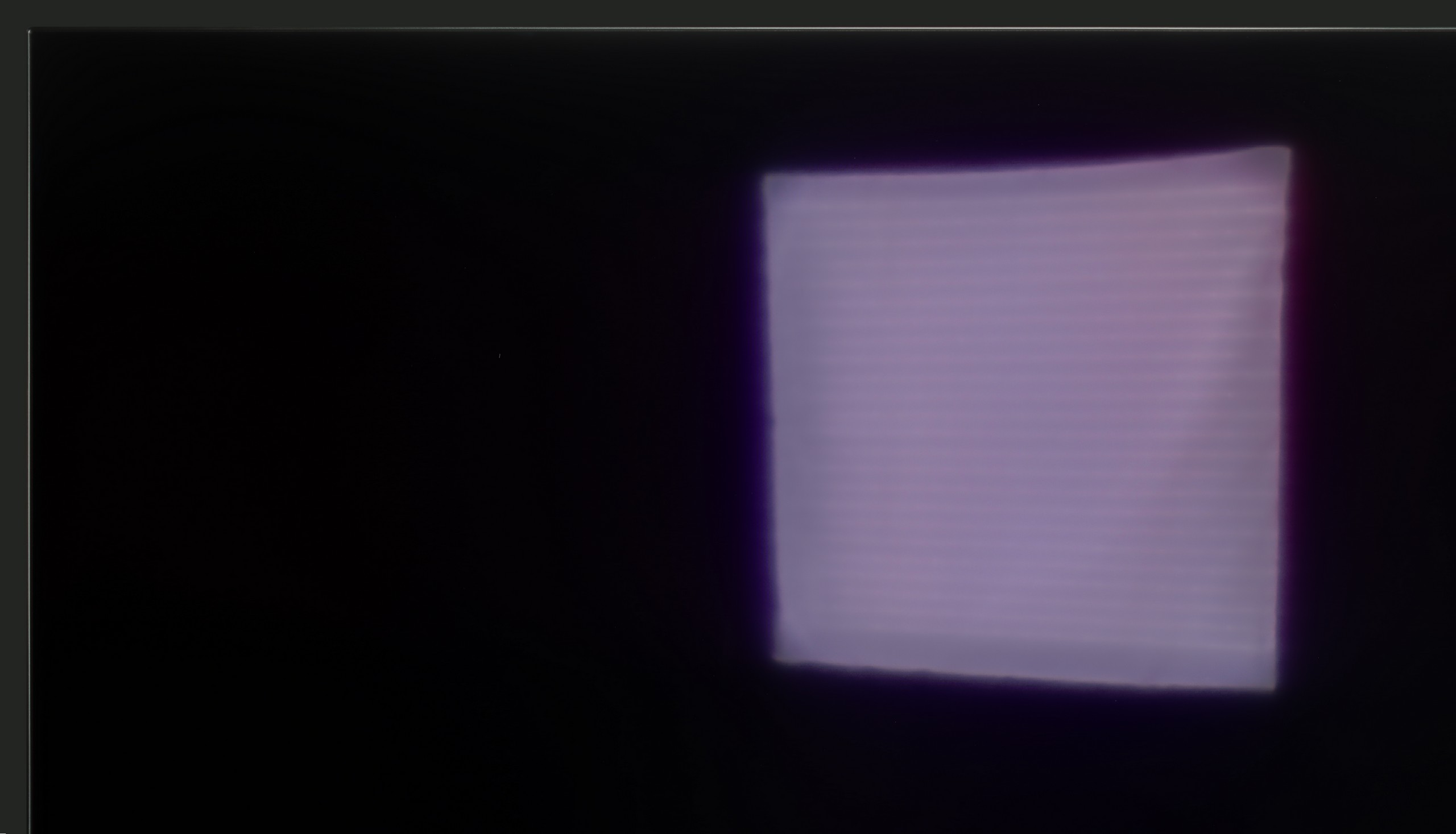
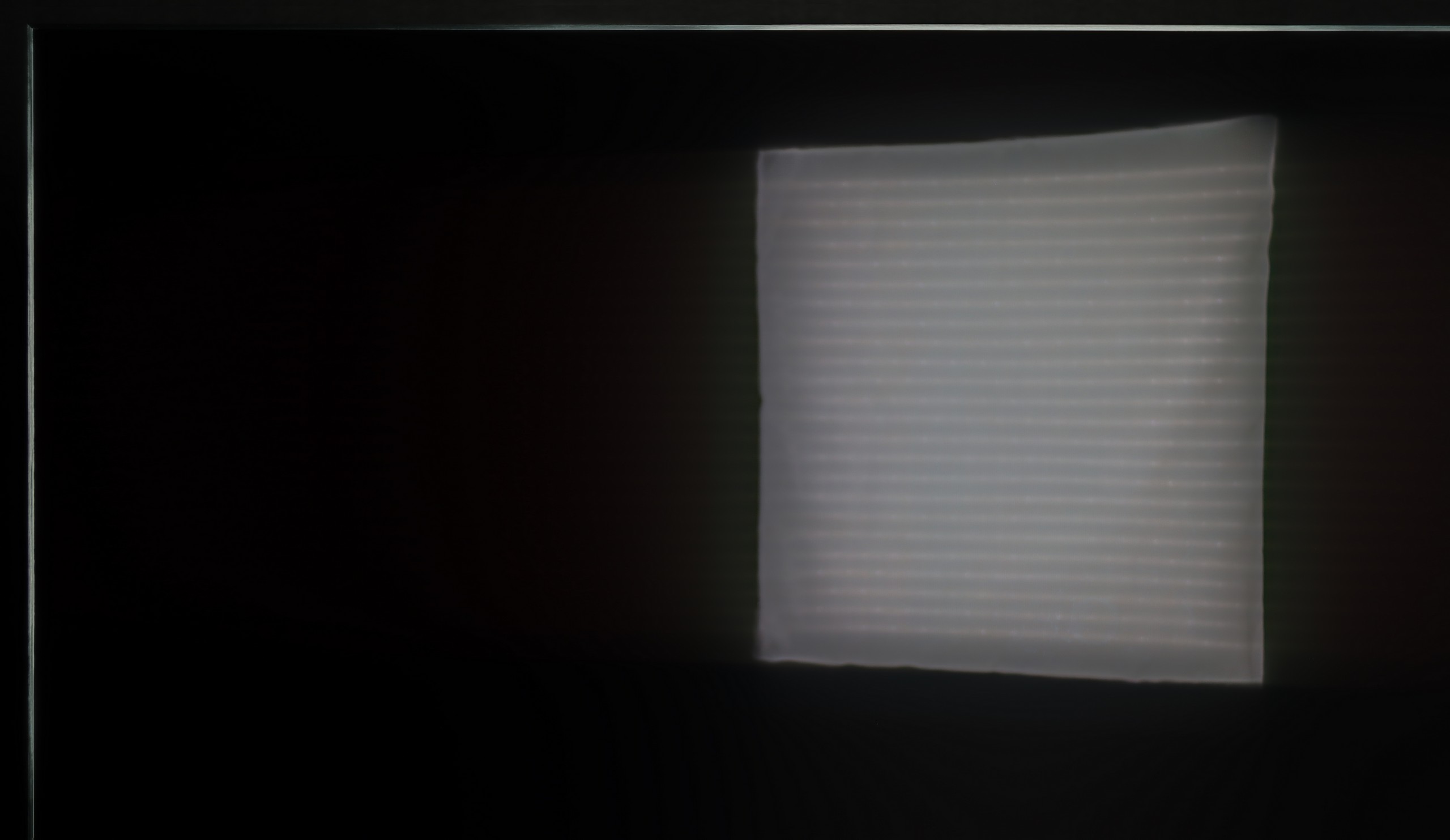

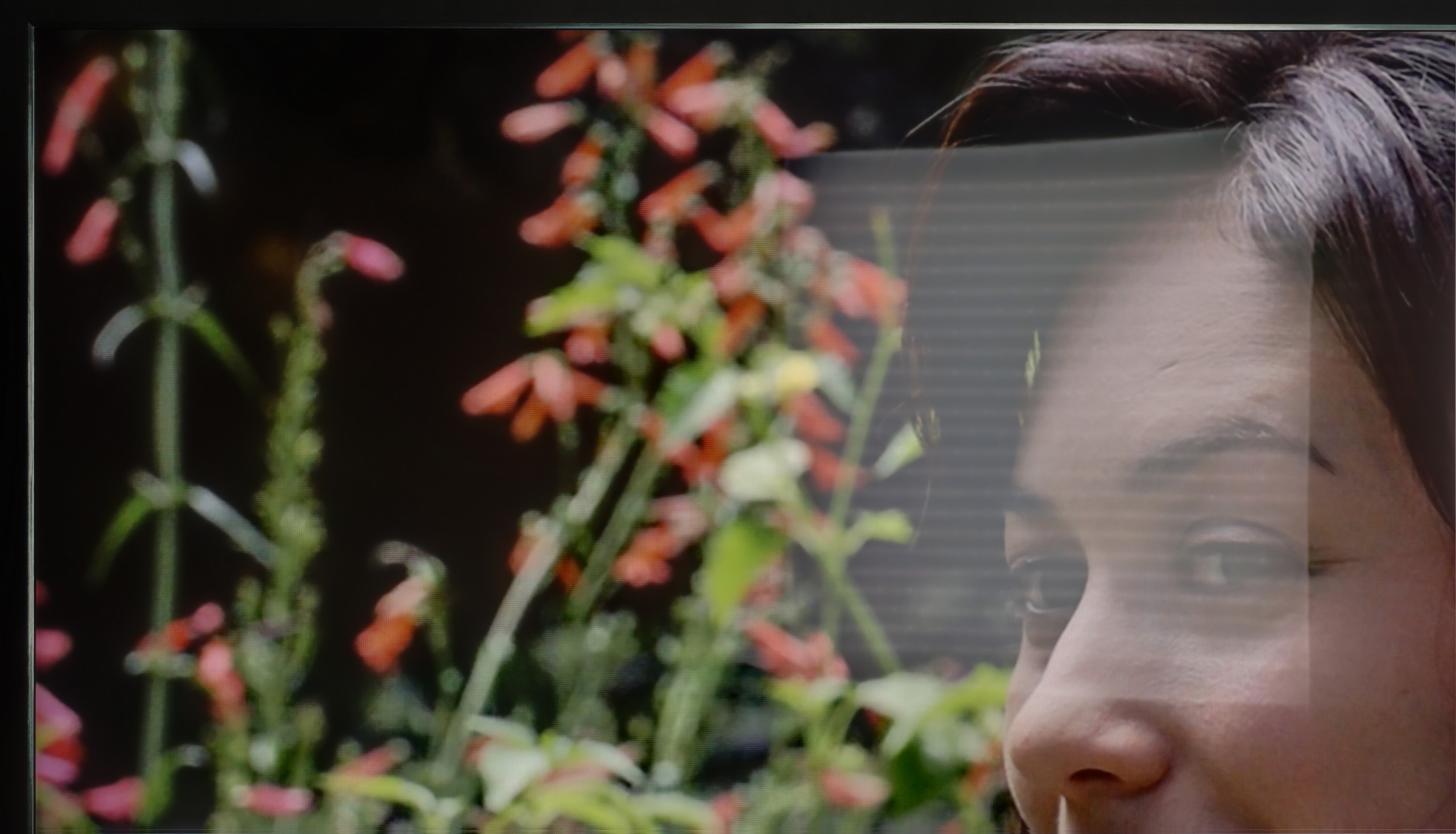
Matrix brightness
Average luminance SDR
TCL C9K: 642 cd/m2
LG OLED B5: 279 cd/m2
LG B5 is a television that feels best after dark. But when the sun comes out, it becomes a challenge. The brightness of this model is rather average, and the anti-reflective layer... also average. There are no special coatings here that handle reflections or very bright daylight well. So if you plan to place this television opposite a large, uncovered window – it could simply be difficult to see anything.
Fortunately, there is something worth praising: the glossy WOLED panel maintains colour saturation well. Even in difficult conditions, the image does not fade and does not become "washed out," as can happen with some models of televisions. Generally, it is watchable, but if you are looking for a television specifically "for a bright living room," then the B5 should not be your first choice.
The new WHVA matrix coating has its strengths and weaknesses. On one hand, it handles smaller reflections quite well, while on the other hand, with stronger light sources, it is evident that the suppression of reflections is not at the highest level. Fortunately, the coating does not ruin what is most important: the blacks and colour saturation. This is a definite plus because in many competing models, compromises in this area are more painful. Additionally, there is very high brightness – in SDR content, the C9K can achieve an average of 650 nits in SDR materials. This is a result that is more than sufficient for watching television or films in more challenging lighting conditions, even on a sunny day.
Details about the matrix
Subpixel Structure:
Panel uniformity and thermal imaging:
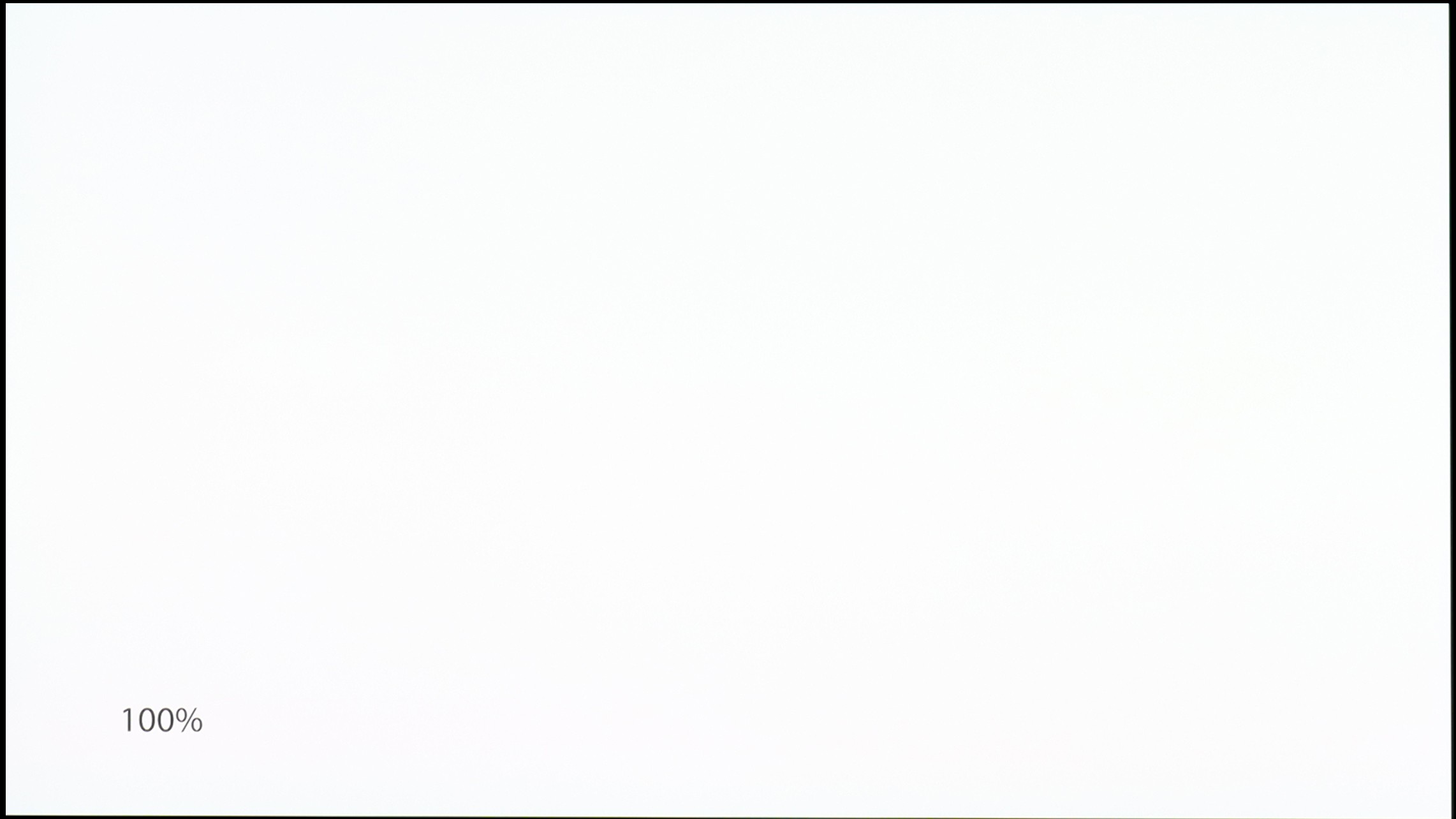
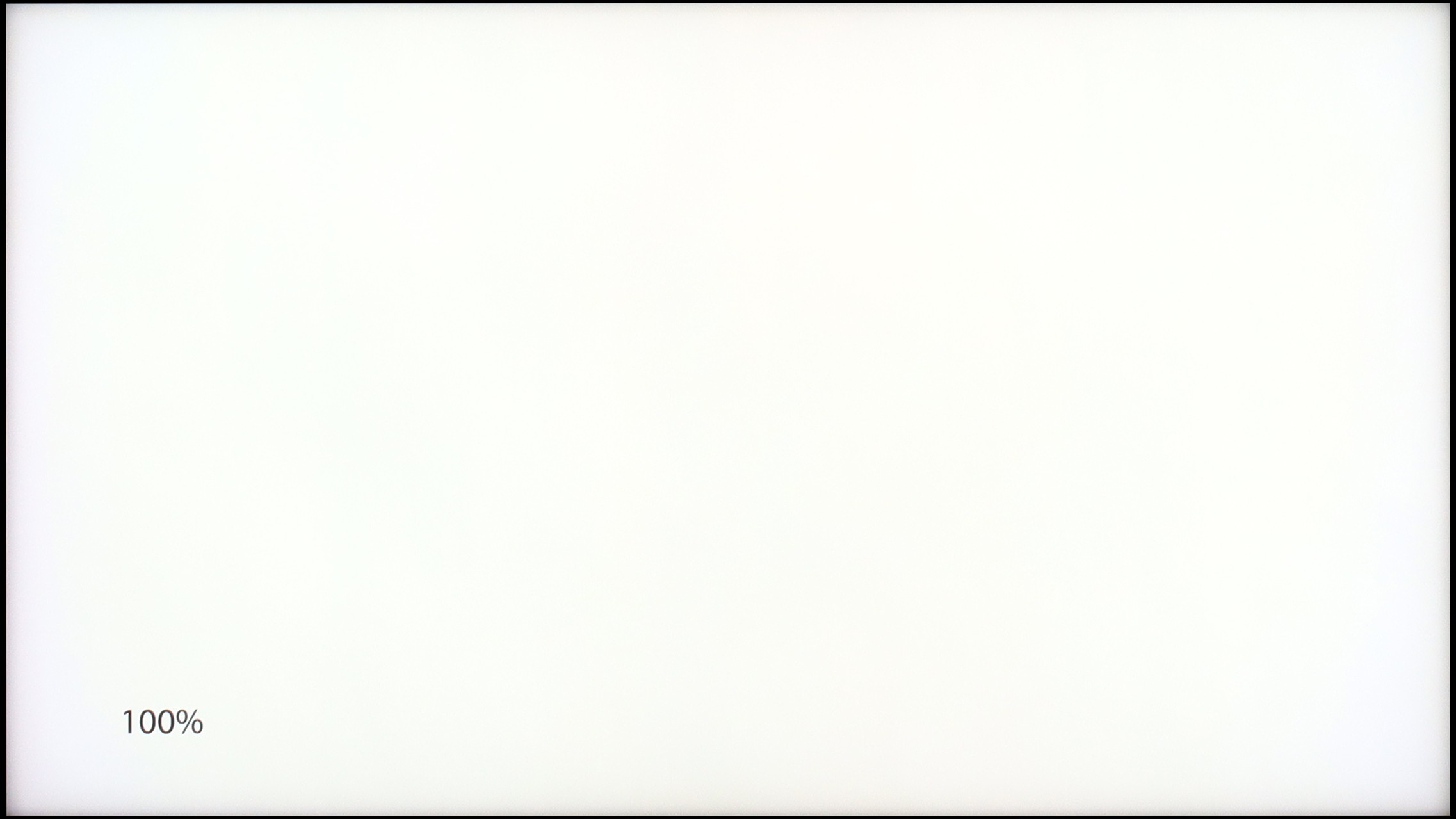
TV features
7.9/10
7.7/10
- HDMI inputs0 x HDMI 2.0, 4 x HDMI 2.1 48Gbps2 x HDMI 2.0, 2 x HDMI 2.1 48Gbps
- OutputsToslink (Optical audio), eARC (HDMI), ARC (HDMI)Toslink (Optical audio), eARC (HDMI), ARC (HDMI)
- Network InterfacesWi-Fi 2.4GHz, Wi-Fi 5GHz, Ethernet (LAN) 100MbpsWi-Fi 2.4GHz, Wi-Fi 5GHz, Ethernet (LAN) 100Mbps
- TV receptionDVB-T, DVB-T2, DVB-S, DVB-S2, DVB-CDVB-T, DVB-T2, DVB-S, DVB-S2, DVB-C
Classic features:
- Recording to USB (terrestrial TV)
- Recording programming
- Picture in Picture (PiP)
- RF remote control (no need to aim at the screen)
- Backlit remote control
- Teletext
- Audio only mode
- Possibility to connect Bluetooth headphones to the TV
- Possibility to simultaneously use Bluetooth headphones and the TV speaker
Smart features:
- AirPlay
- Screen mirroring (Windows Miracast)
- Wyszukiwanie głosowe
- Voice search in native language
- Ability to connect a keyboard and mouse
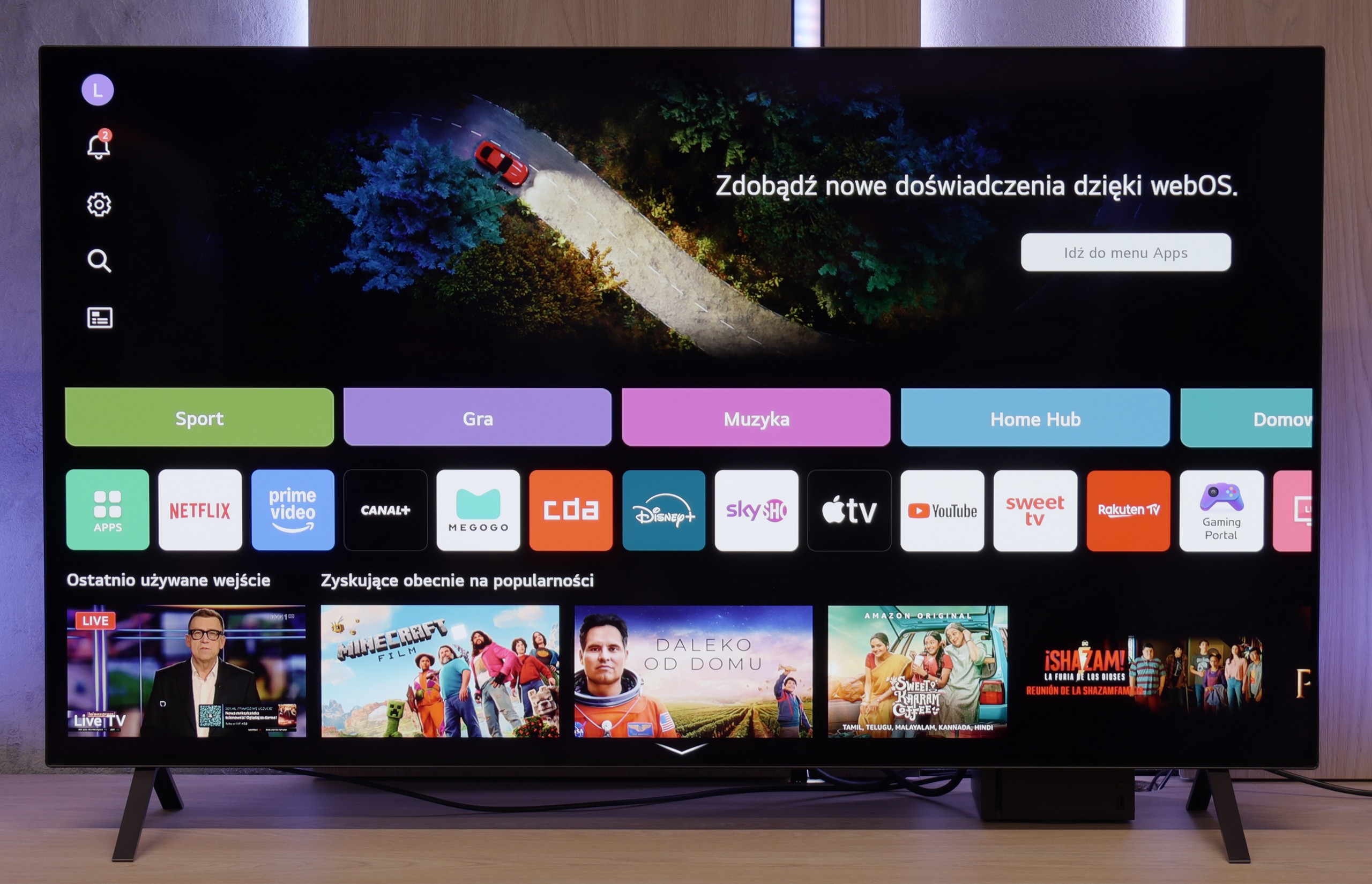
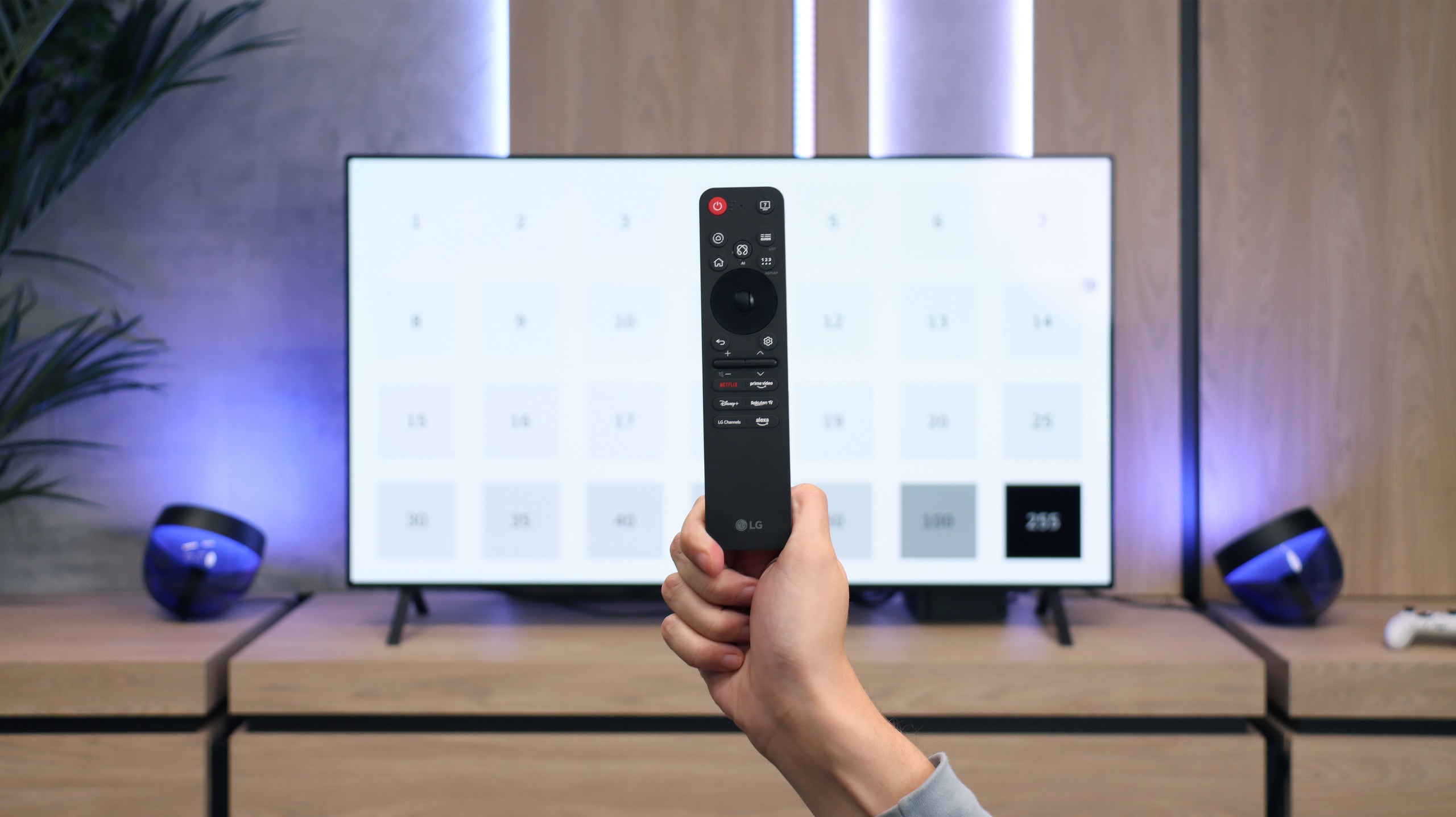
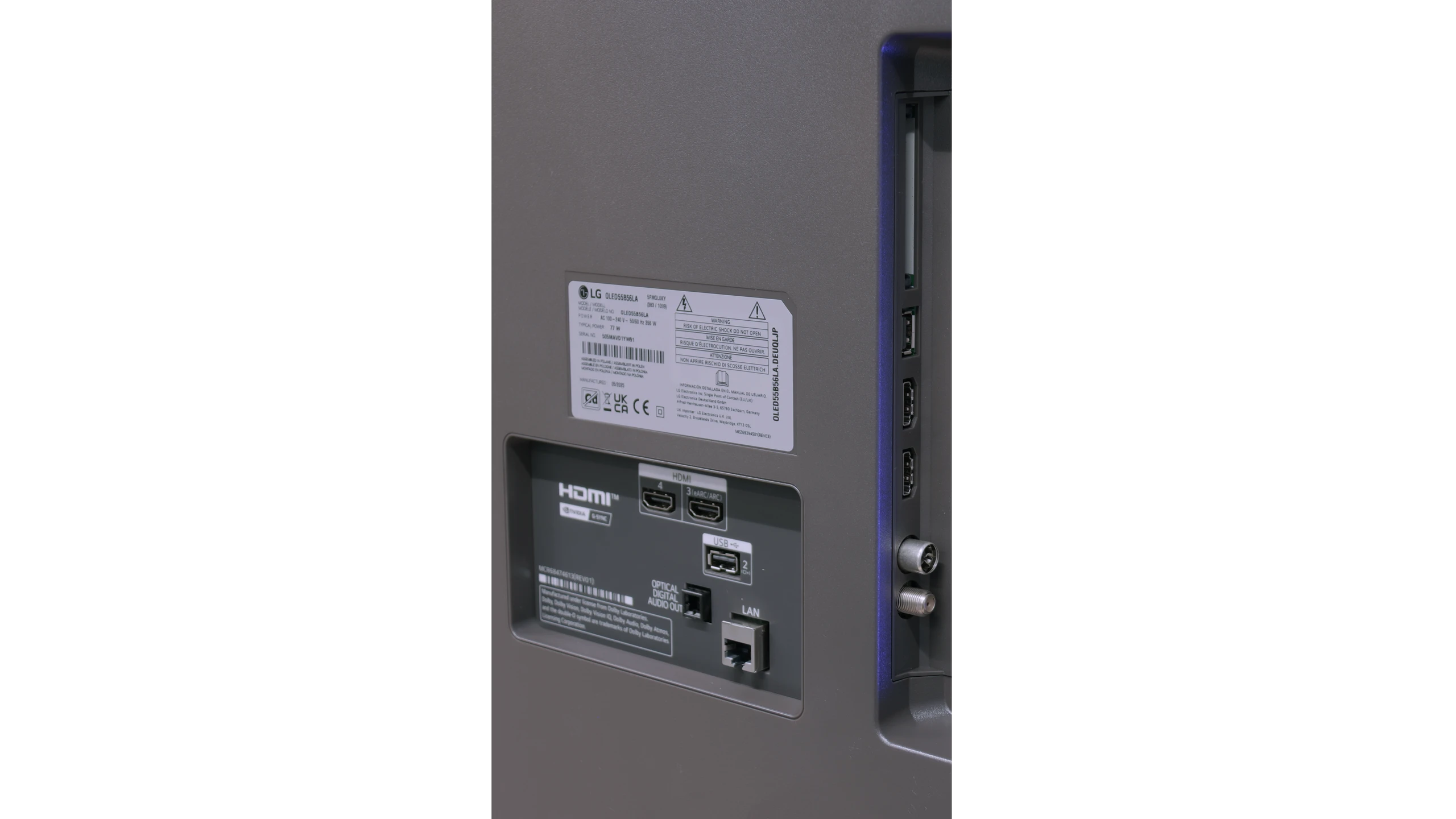
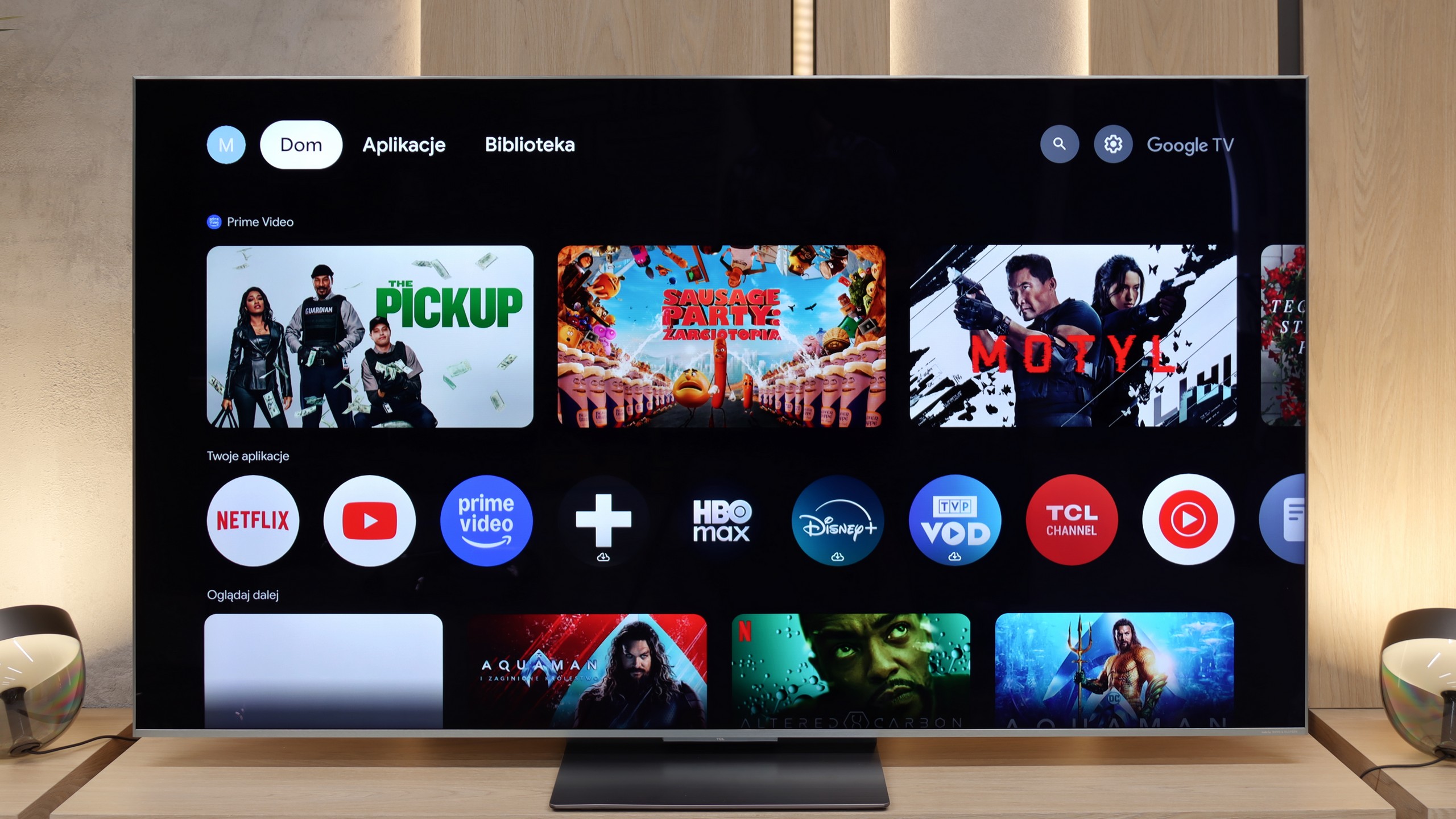
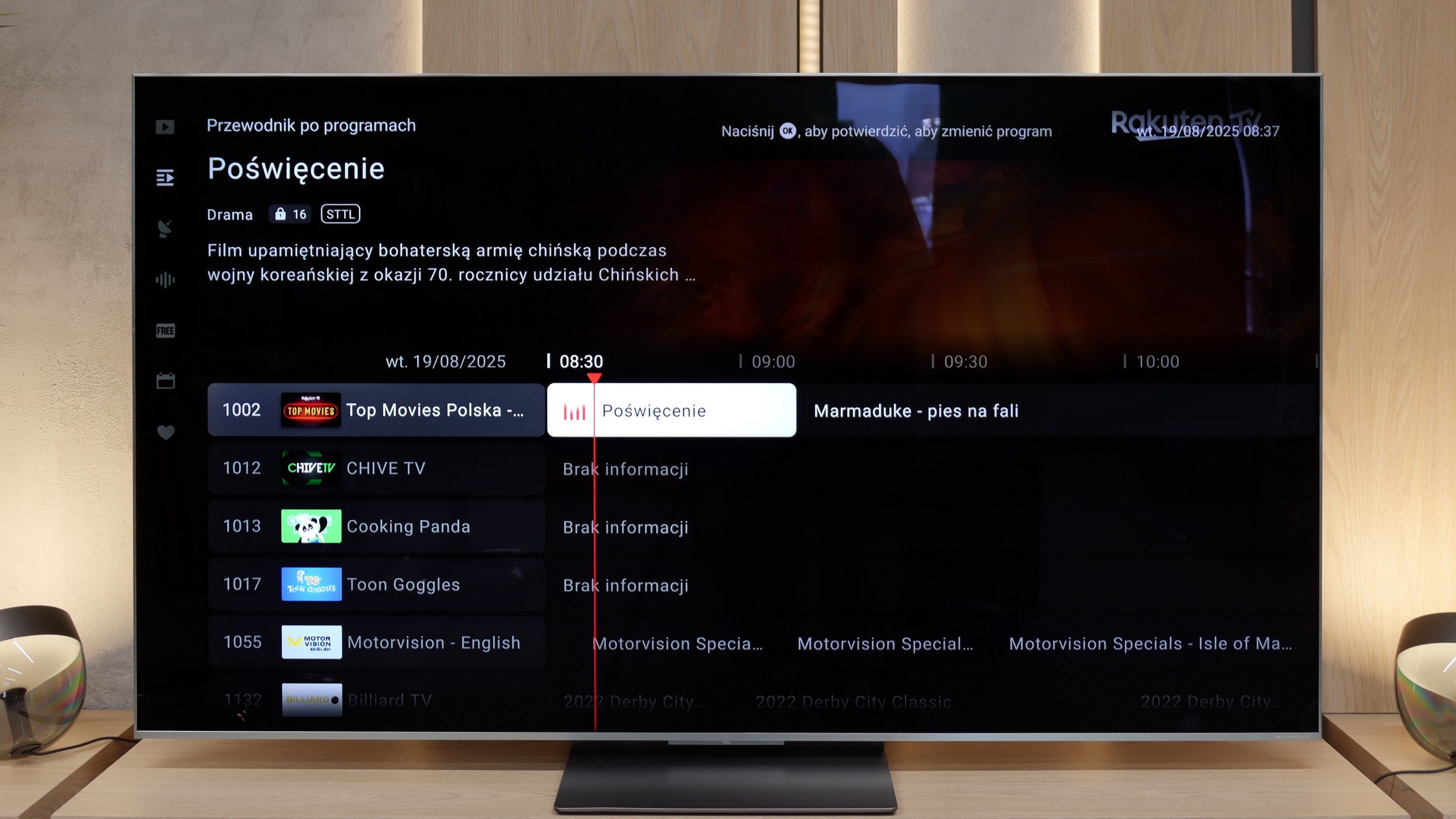
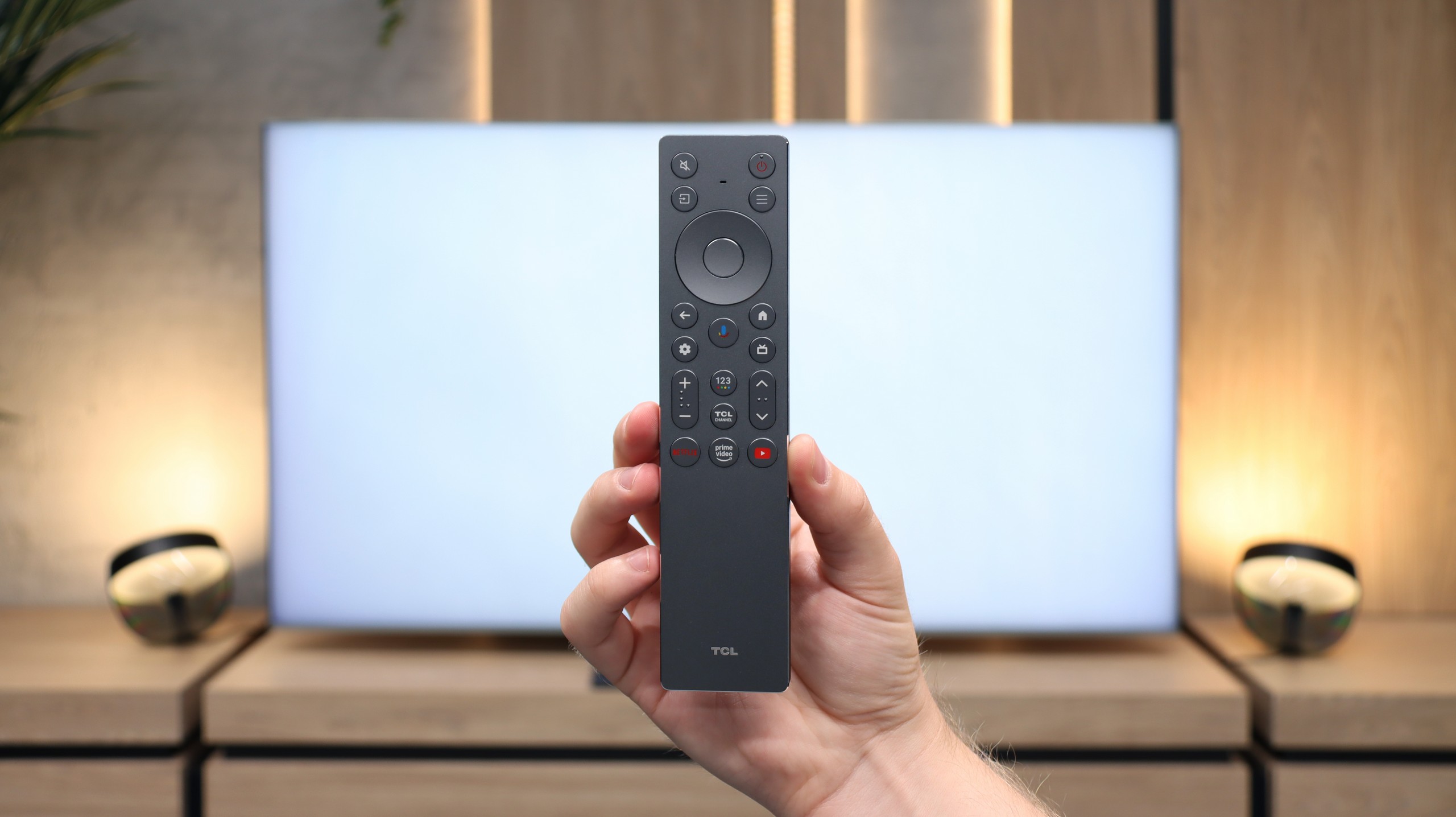
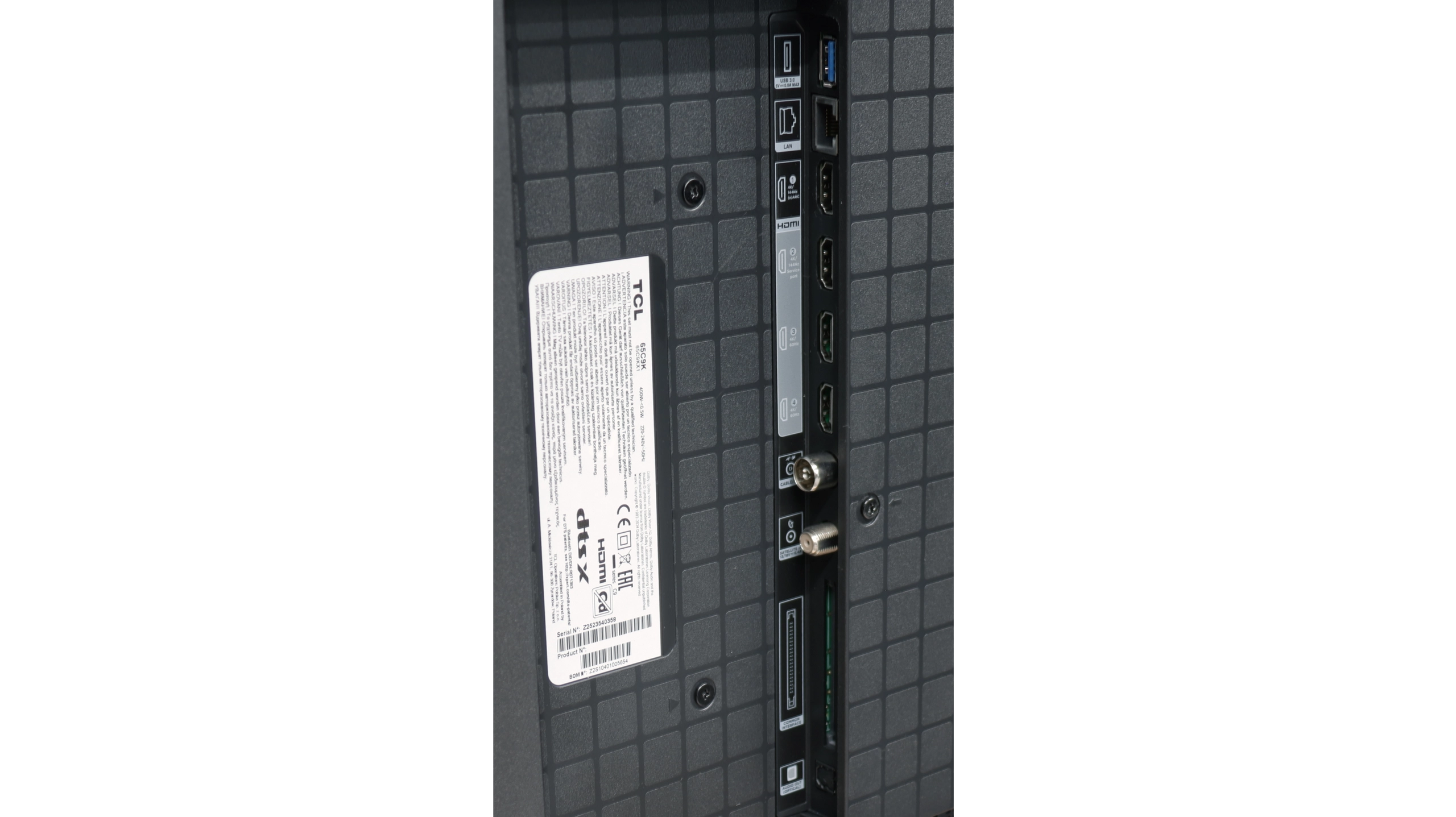
User features
Although the LG B5 is modern equipment, it hasn't forgotten about those who sometimes just want to... watch television. Without apps, without accounts, without logging in anywhere. It comes with built-in DVB-T2 tuners and the ability to record onto USB, along with a clear and fast EPG guide. Is that not enough? There’s even a working teletext – for many, probably a relic, for others, a daily necessity. We also appreciate the option to turn off the picture and leave just the sound, which is great for listening to music. And if you want to watch quietly – you can easily pair Bluetooth headphones, without a struggle with settings and without delays. Everything works as it should.
SMART TV: webOS
The biggest distinguishing feature of the webOS system – still! – is the way it is controlled. The Magic remote that comes with the LG B5 (in our version B56 – without a numeric keypad) works like a magic wand. You point, click, select. And it simply… works. Intuitively, quickly, and without unnecessary side-to-side clicking. Additionally, there’s an AI voice assistant – quite efficient. You can summon it directly from the remote and use your voice to search for content, change settings, or switch sources. WebOS may not be the most "modern" system on the market, and the built-in ads can be annoying, but when it comes to user convenience – especially with the Magic remote – it still outpaces the competition by a step.
Classic TV Features
In terms of basic TV functions, the TCL C9K does not disappoint – it has everything that most users expect. The EPG guide operates smoothly, teletext is available, and pairing Bluetooth headphones, a mouse or a keyboard is trouble-free. However, it should be noted that in the Google TV system – as in other TCL models – there is a lack of more advanced options, such as recording programmes or picture-in-picture (PiP) mode. Some might find this insufficient, especially if they have used such features on competitors' devices. It is also worth mentioning that we only have one USB port available – sufficient to connect a drive with films or a USB stick, but if someone plans to use multiple drives, they might find this lacking.
Smart Features
While in terms of classic solutions the TCL C9K does not stand out, it showcases its full potential in the realm of smart features. The Google TV system is currently the most popular platform, and it is easy to see why – the app library is huge. Netflix, YouTube, Disney+, HBO Max, Amazon Prime Video – all are readily available. Only those who are very attached to more closed ecosystems, such as Apple Music, will feel the absence. A significant advantage is the built-in voice assistant – it works quickly, understands natural commands, and allows convenient control of the television: from changing channels to opening applications, searching for content, or checking the weather. This is precisely where the TCL C9K demonstrates that a smart TV is more than just an "internet-enabled television" – it is a tool that genuinely enhances everyday use of the equipment.
Playing files from USB
8.6/10
9.2/10
Supported photo formats:
Maximum photo resolution:
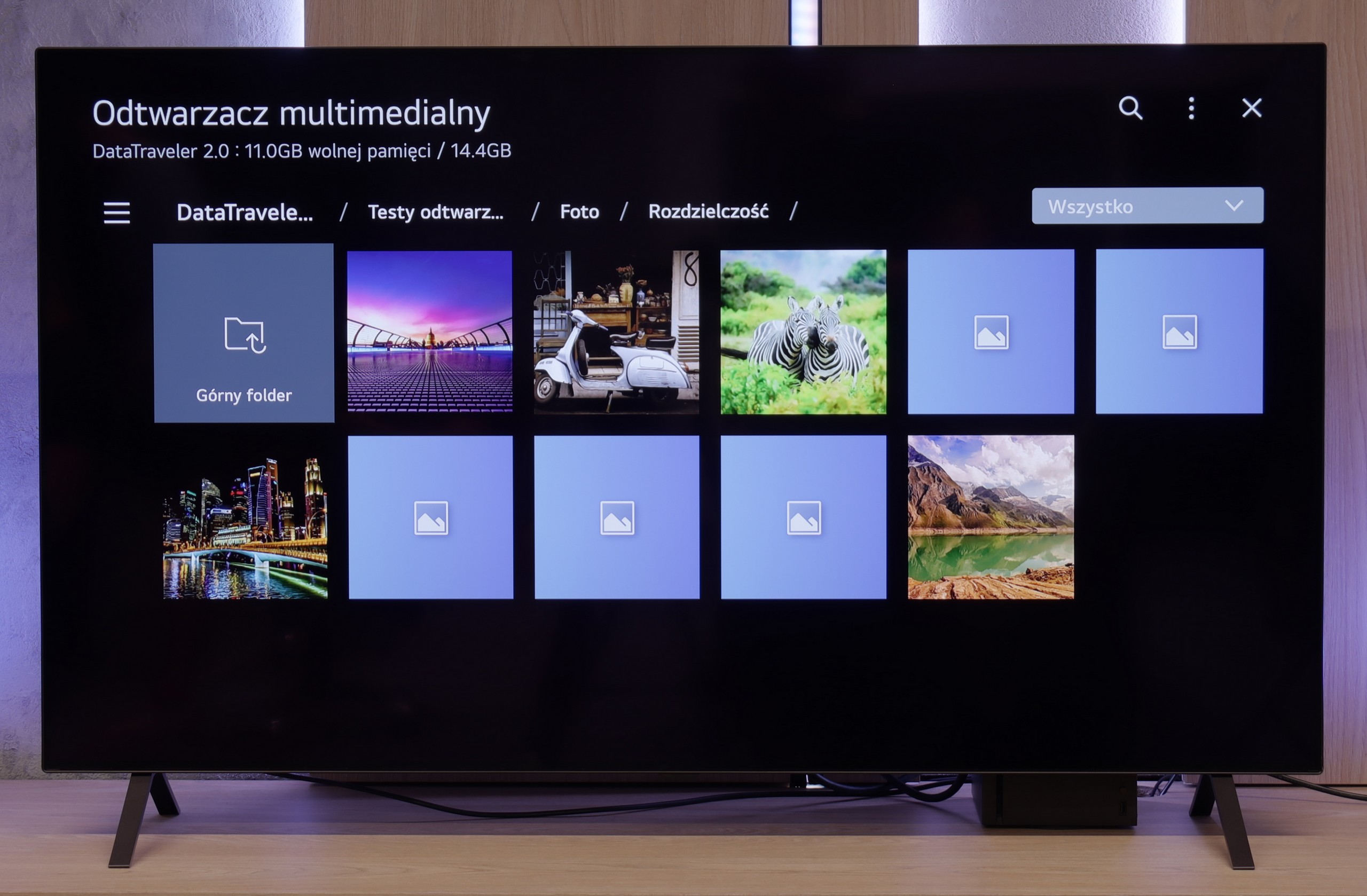
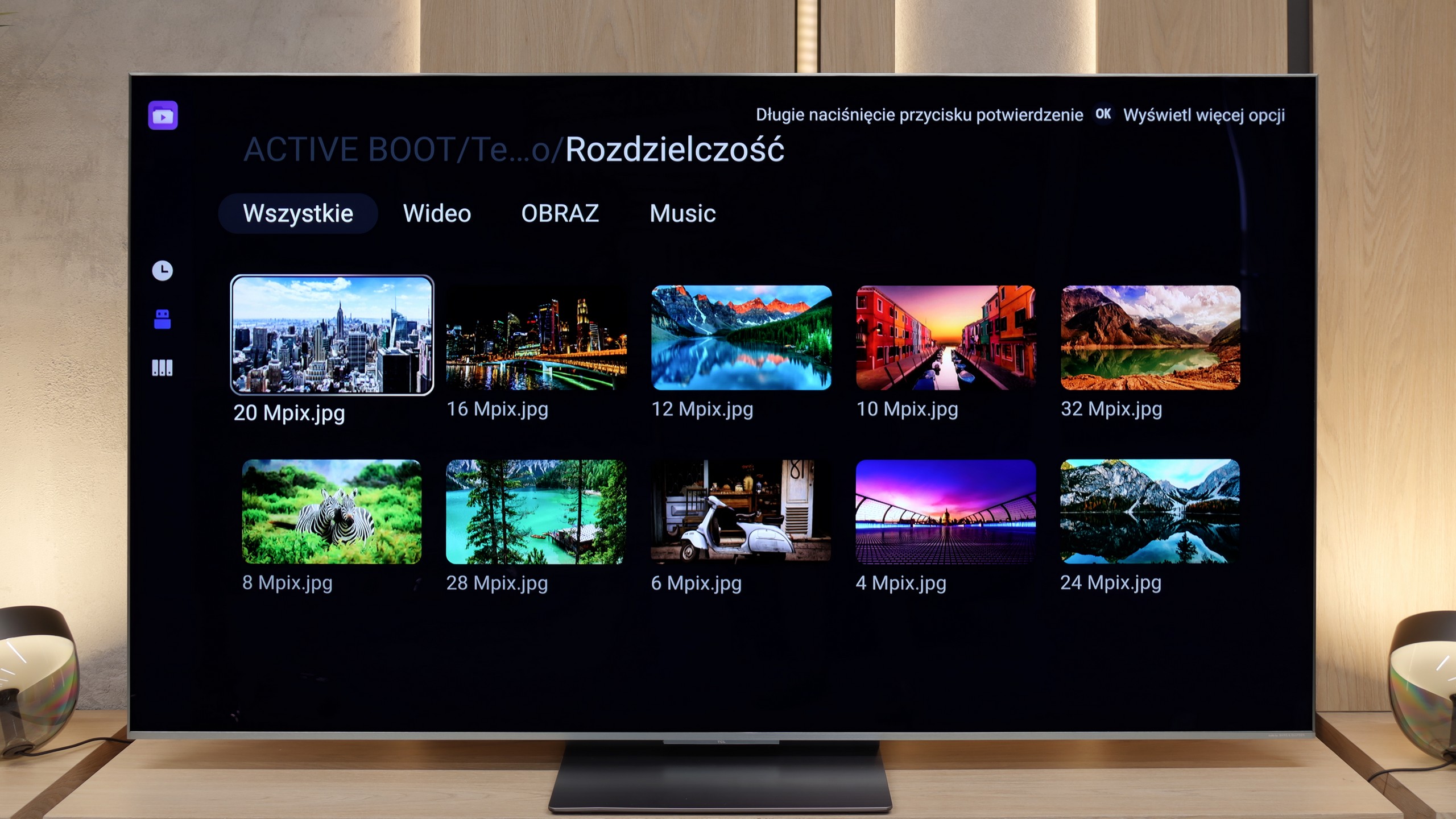
LG B5 handles files from USB as it should. Most popular formats work flawlessly, and subtitles – even with Polish characters – are displayed correctly. You can easily play a movie from a USB stick or have a weekend slideshow of your holiday photos without worrying that something will go wrong. However, there was a surprise with HEIC format files – that is, photos saved by Apple devices. While the LG C5 had no issues with them, the B5 stubbornly refused to cooperate and was unable to display them. A minor hiccup that probably won't affect everyone, but it's worth knowing about.
The C9K handled most of the materials we put on the pendrive without any issues – from films in MKV format, through older AVI files, to audio tracks in DTS and FLAC. The only drawback remains the lack of support for photos in HEIC format from Apple devices, but this is a common issue among all manufacturers. However, the most important thing is that if someone is missing support for some exotic format, they can always turn to an alternative player available in the Google Play store. And this is where the advantage of the Google TV system becomes apparent – the ease with which one can expand the functionality of the television with additional applications.
Apps
9.1/10
9.6/10














































Sound
7/10
7.9/10
- Maximum volume-77dB
- Dolby Digital Plus 7.1
- Dolby True HD 7.1
- Dolby Atmos in Dolby Digital Plus (JOC)
- Dolby Atmos in Dolby True HD
- DTS:X in DTS-HD MA
- DTS-HD Master Audio
We weren't expecting miracles – after all, the LG B5 doesn’t have an advanced audio system, and its built-in speakers look... well, like those in most flat-screen televisions. And yet – it sounded really pleasant. The dialogues are clear, the sound doesn’t boom, and during a calmer viewing, we didn’t immediately feel the need to connect a soundbar. It's a pity that this year LG decided to cut something that worked in the previous generation. We're of course talking about support for DTS formats, which we will no longer find in the B5. If you have films encoded in this format – you'll need to rely on an external player.
The sound in the TCL C9K is handled by the same set as in the C8K model – prepared in cooperation with Bang & Olufsen. It is a 4.2.2 configuration with a total power of 90 W, consisting of eight speakers positioned to create a fuller sense of space. And it must be admitted – the effect is impressive. Dialogues are clear, the highs and mids sound clean, and the bass does not get lost even during louder sessions. Of course, this will not replace a dedicated soundbar or home cinema system, but for built-in speakers – there is truly something to listen to.
*During tests of maximum volume, we noticed an unusual behaviour of the audio system. When the slider is set to 100%, the television reaches about 76–78 dB, but it can be heard that it is trying to generate greater power, after which the sound level is immediately corrected to the mentioned value. On the other hand, when we lower the volume to, for example, 70%, it initially drops as expected, but after a while it slowly rises back to the same level of 76 dB. This effect gives the impression of an aggressive limiter at work, which, regardless of the slider position, always brings the volume down to one level. We checked this behaviour several times, and in every case the result was identical – no additional “smart” volume adjustment or AI functions were active during this.
Acoustic Measurements
No acoustic data
77dBC (Max)
75dBC


